Get Cultured in Kansas City: 5 Outstanding Museums
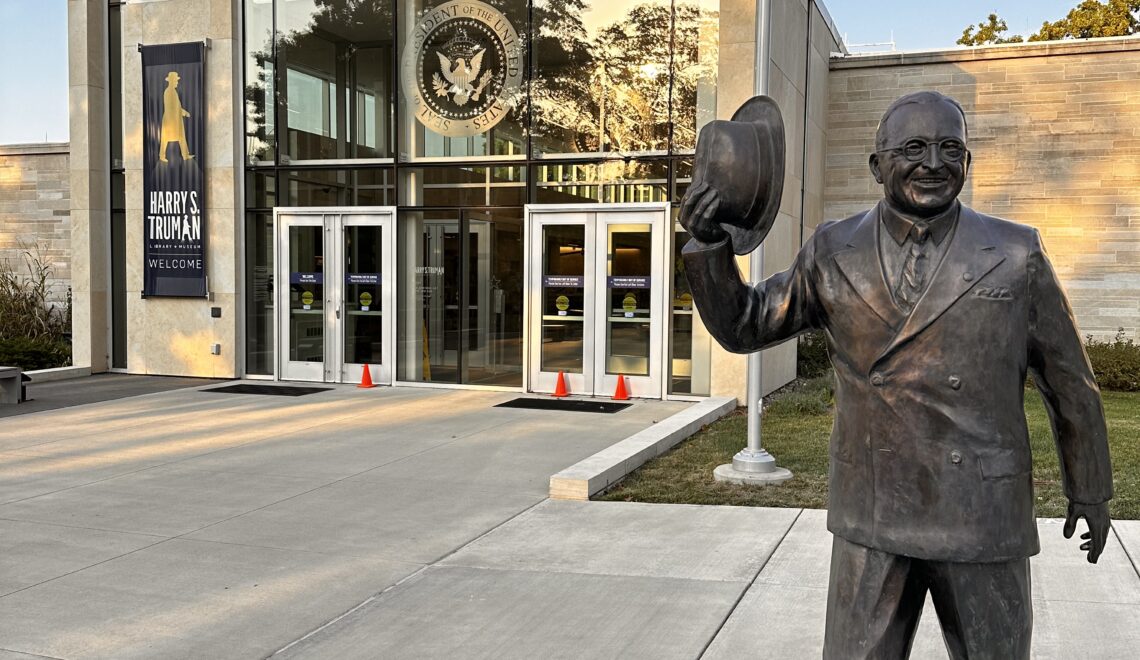
Kansas City, Missouri might not come to mind if you’re looking for a travel destination full of culture and history. But it should! The city is chock full of museums, art, historical markers and memorials, interesting neighborhoods, and fabulous music.
** Please note that this page contains affiliate links, meaning we may earn a very small commission if you book through them (at no extra cost to you).
Table of Contents
National WWI Museum and Memorial
To find hotels near the WWI Museum (also near Union Station & the Crown Plaza), click here.
The National WWI Museum houses the most diverse collection of World War I artifacts and documents in the world. Of all the museums in Kansas City, this is surely the most unlikely one. One might expect a museum of such caliber to be in Europe or Washington D.C., rather than in the Midwest. It was the passion of Kansas City residents at the end of World War I that led to this extraordinary memorial.
In 1919, a group of Kansas City leaders formed the Liberty Memorial Association, determined to memorialize the men and women who died in WWI. Enthusiasm was high and they raised an astonishing $2.5 million in a mere 10 days. (The equivalent of about $40 million today.) In 1926, the Liberty Memorial was completed and dedicated by President Coolidge.
In 1994, the popular memorial had begun to deteriorate and had to be closed. Between the city, the state of Missouri, and the US government, $102 million was raised to restore and expand it. It re-opened in 2006 as the National WWI Museum and Memorial, and was designated a National Historic Landmark. In 2014, it was recognized by Congress as a national memorial with the same distinction as the WWII Memorial and Vietnam Memorial on the National Mall in Washington DC. It is now visited by more than a million people each year.
We found it best to visit the museum when it opened, to avoid crowds. We also purchased tickets to go up in the Liberty Tower, 217 feet above the courtyard, and visited it first. We happily had the open-air observation deck at the top nearly to ourselves. A small elevator and then a narrow, steep set of stairs lead to the top, causing substantial lines to form later in the day.
The view of the Kansas City skyline from the top is incredible, and well worth the price of the ticket. At night, the Flame of Inspiration “burns” at the top of the tower and can be seen for miles around. (It is actually not a flame but rather special effects using lights and steam.)
Upon entering the interior of the museum, visitors walk over the Paul Sunderland Bridge, a glass bridge with a field of poppy flowers beneath it, a symbol of remembrance. The Main Gallery features a series of rooms in chronological order. They feature an almost overwhelming array of fascinating artifacts, recordings, videos, propaganda posters, newspaper articles, uniforms, and weapons along with detailed information, including personal stories. In addition, they house a Renault FT-17 tank, and life-sized displays of trenches on each side of the war. The entire experience is an emotional one.
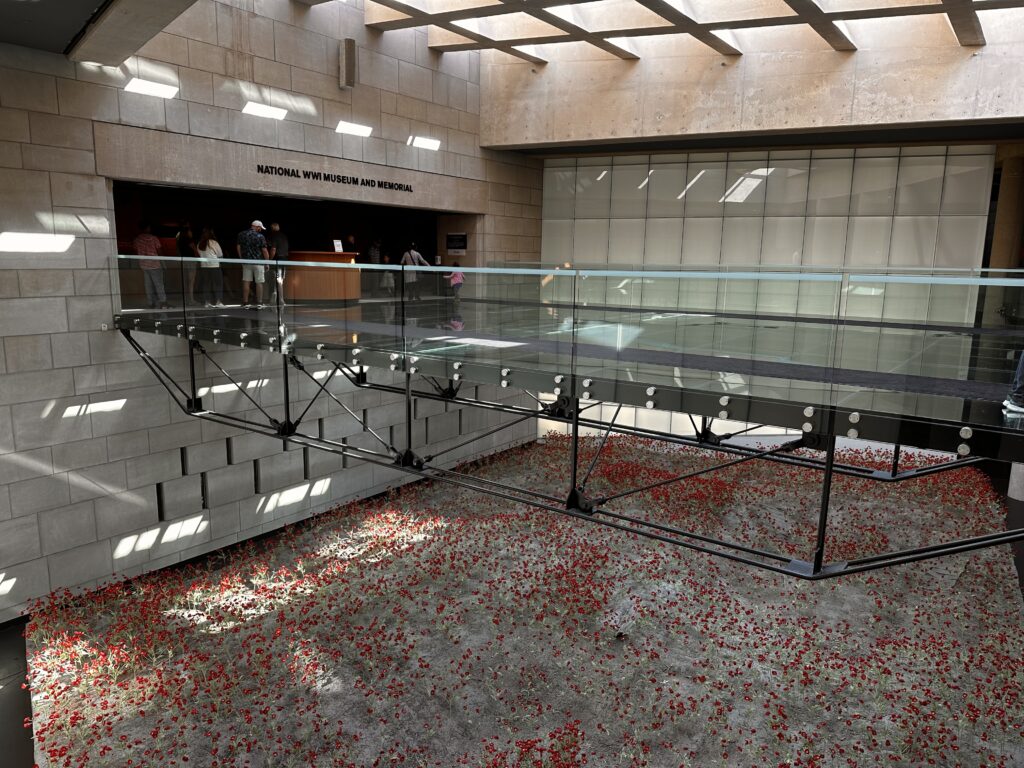
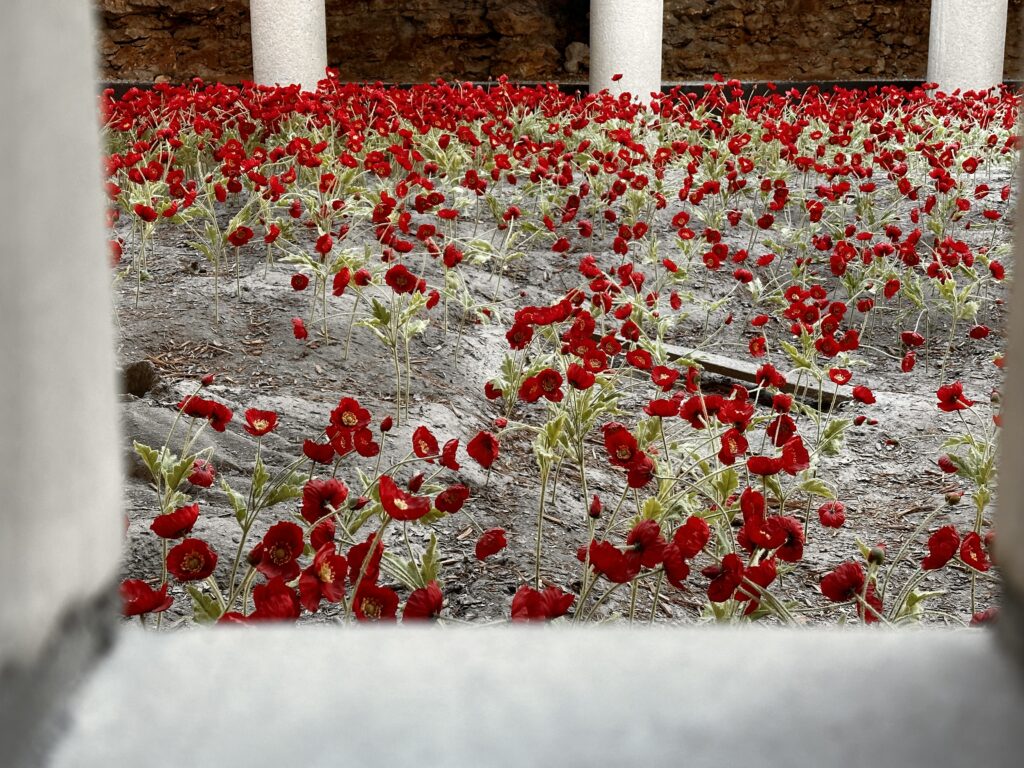
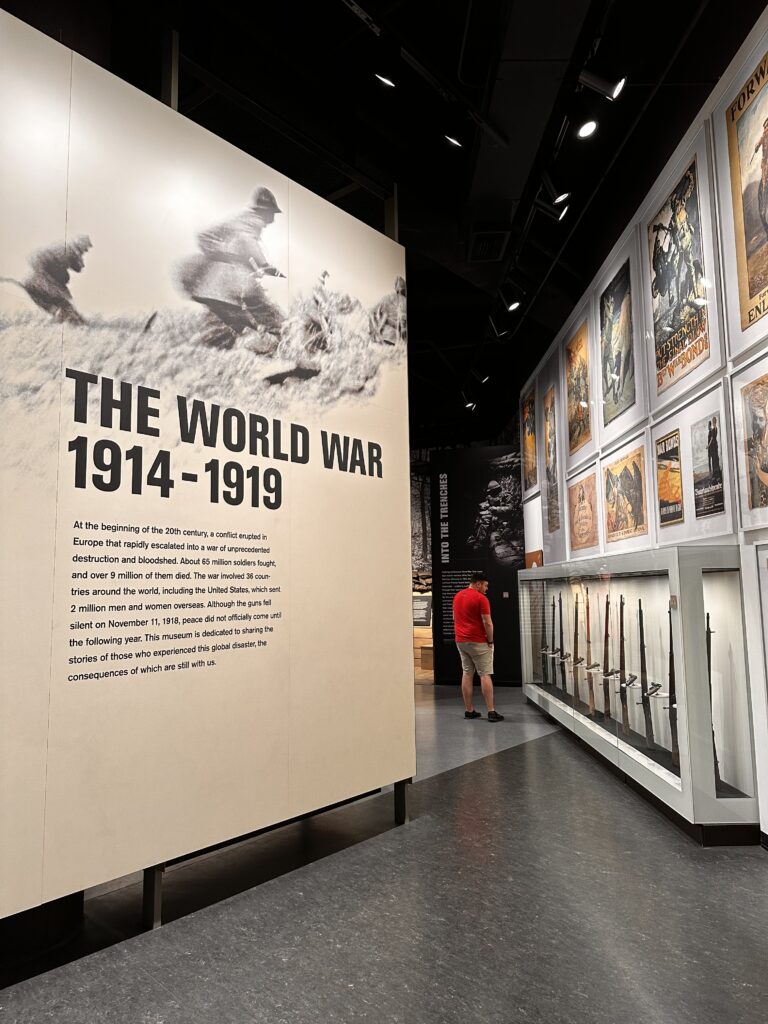
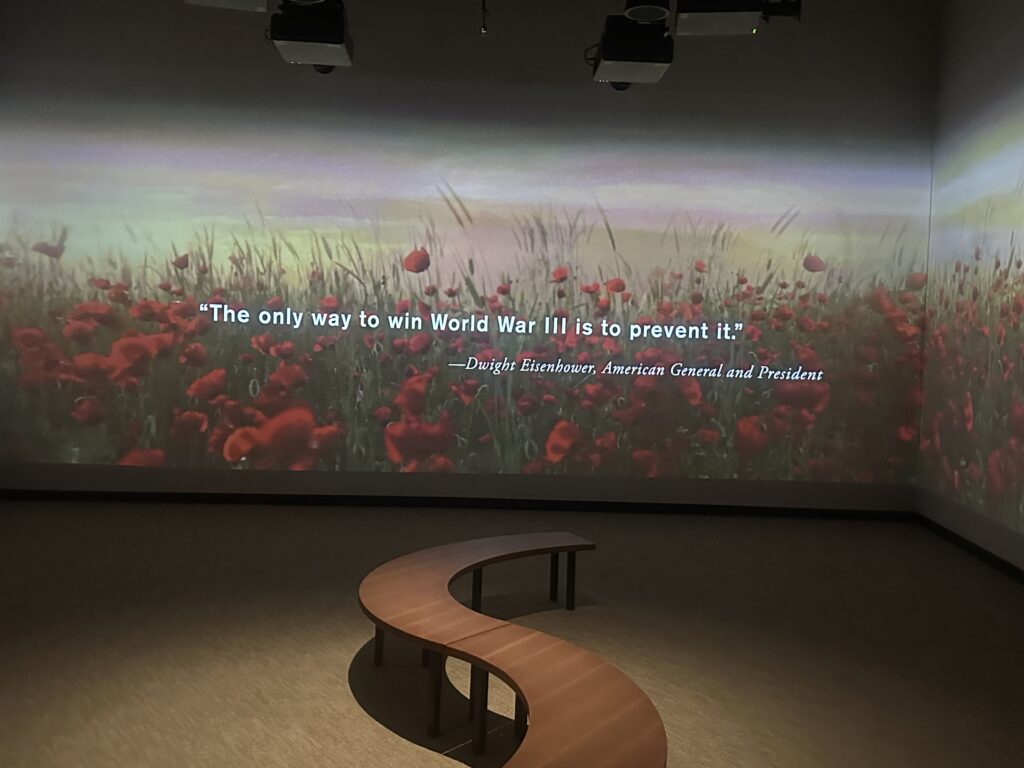
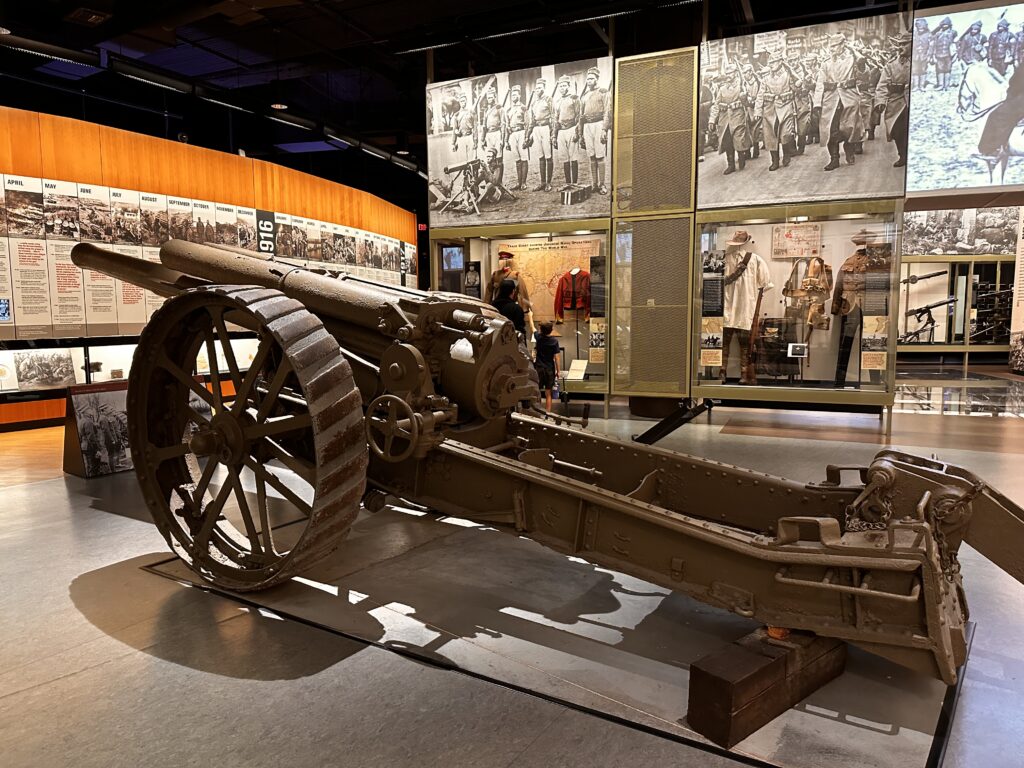
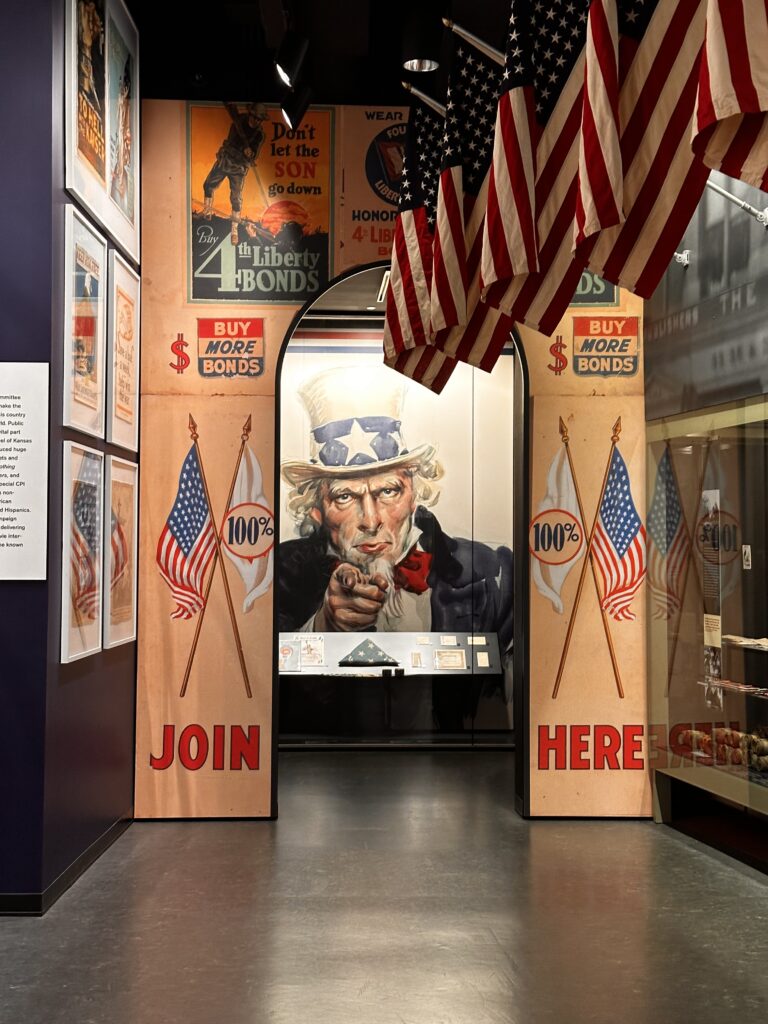
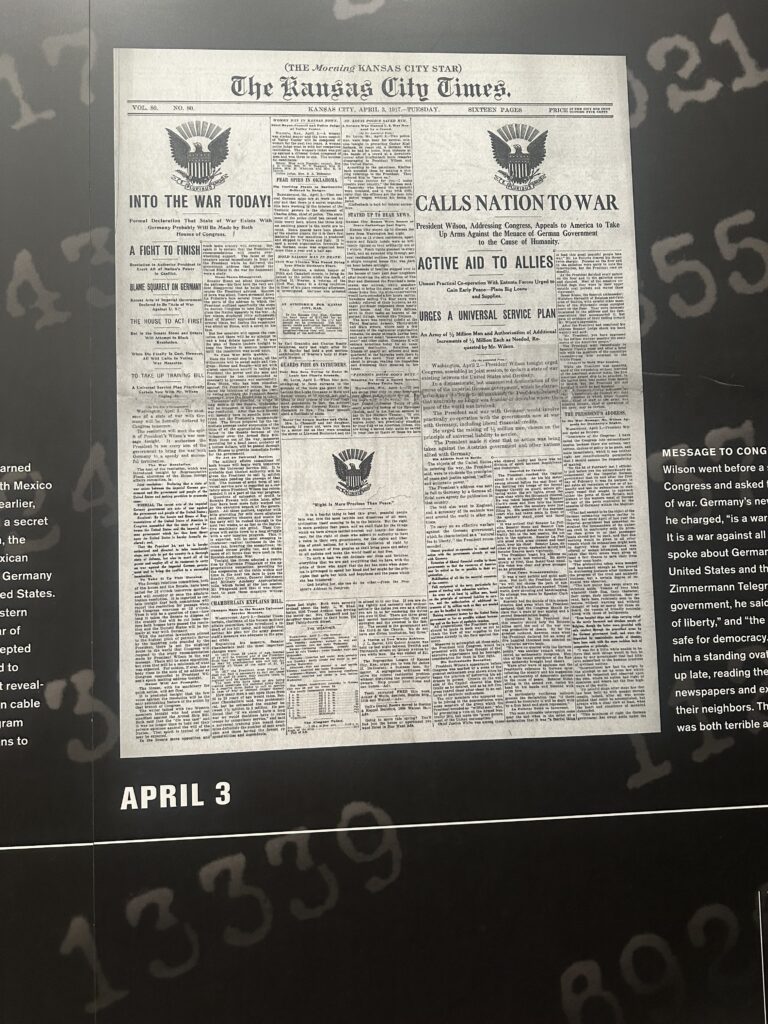
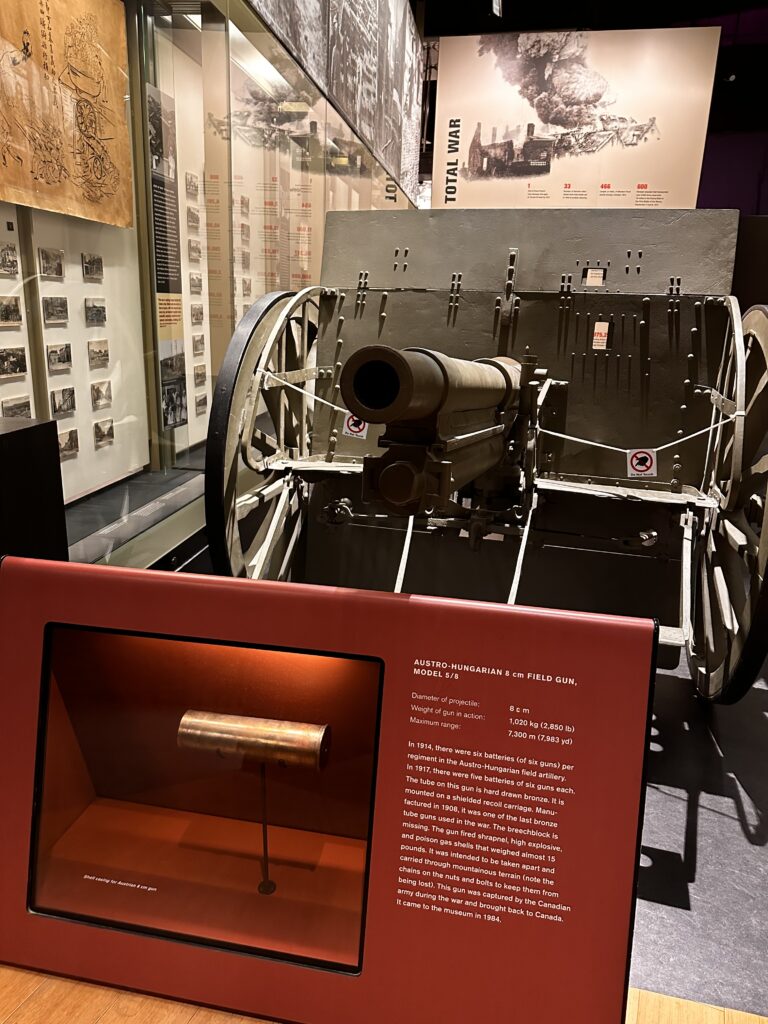
Harry S. Truman Presidential Library and Museum
Check out these hotels near the Truman Library in Independence.
The Truman Library is located in Independence, Missouri, a suburb of Kansas City. Independence has two big claims to fame: it was the home of Harry Truman, the 33rd president of the US, and it was also the start of the Oregon Trail, where hundreds of thousands of American families started their trek west, seeking a better life, in the mid and late 1800s. A part of the trail is located just behind the library.
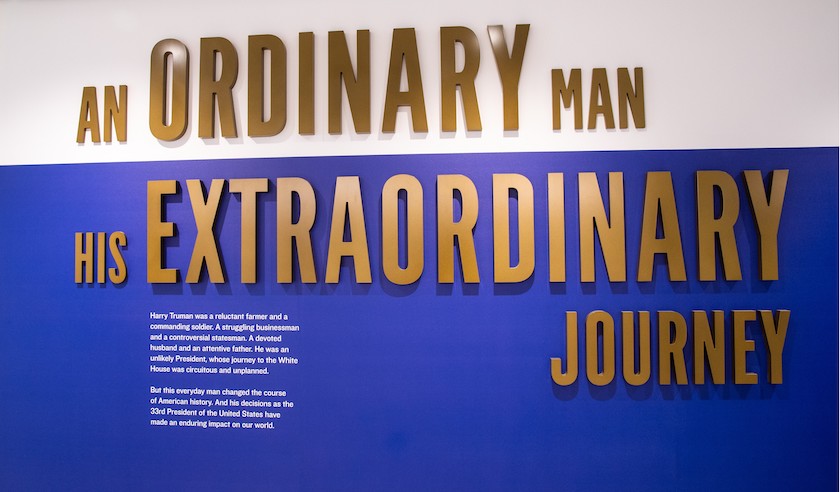
The permanent exhibit is titled “An Ordinary Man, His Extraordinary Journey,” and guides visitors through a mostly chronological story of Truman’s life and presidency. Upon entering, there is a very well-done and fast-paced film with news feeds from 1944 & 1945 documenting his nomination for and ascension to vice president during WWII, followed just 4 months later by the death of President Roosevelt, and Truman’s further ascension to president. It also documents the deep (and often unkind) skepticism much of the country had regarding his ability to be president.
Walking through the display about Truman’s early years, the visitor is treated to handwritten love letters between he and Bess, and interactive exhibits about his family, his life on the farm, and his voracious love of reading. It also contains information about his series of failed business endeavors (a bit humorous to read about in hindsight). It is followed by information about and artifacts from his exemplary service in WWI including videos featuring Truman and some of the soldiers that served under him.
This is where the “easy” part of the museum ends. Moving on, it focuses on the first four months of his unexpected presidency which included Germany’s surrender, the firebombing of Japan, and ultimately the weeks leading to the horrific nuclear bombing of Hiroshima and Nagasaki. It continues with some artifacts, and some short, filmed interviews with soldiers and Japanese civilians, speaking about their gratitude or their horror. Even with scores of visitors in the room, it was completely silent other than the films playing. It is a difficult exhibit to get through.
The museum goes on to cover Truman’s “Fair Deal” initiative, his unexpected civil rights activism, his formal recognition of the State of Israel, and his stunning re-election (despite the famous newspaper headlines declaring Dewey the winner), along with details of his difficult second term including the disastrous Korean War.
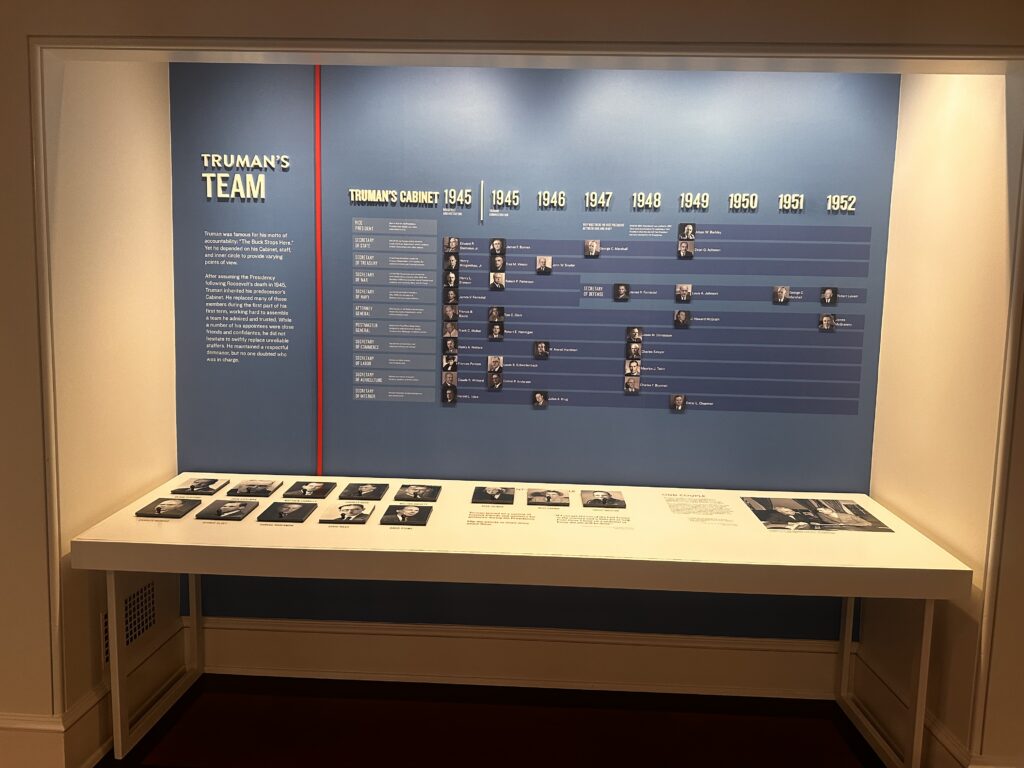
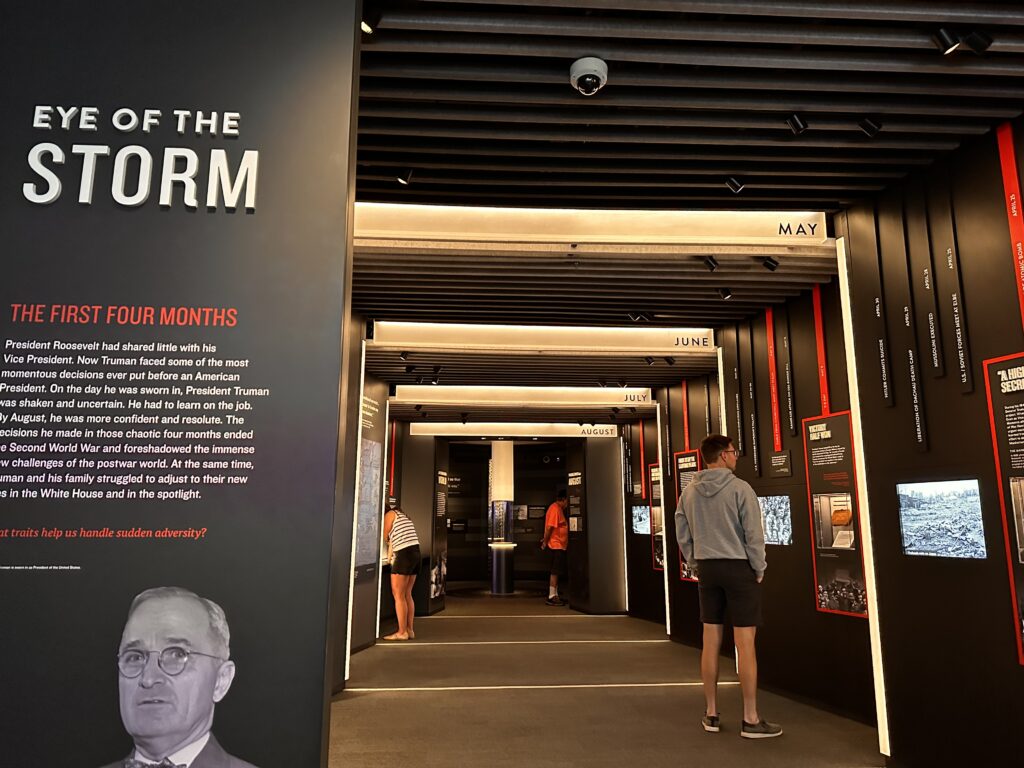
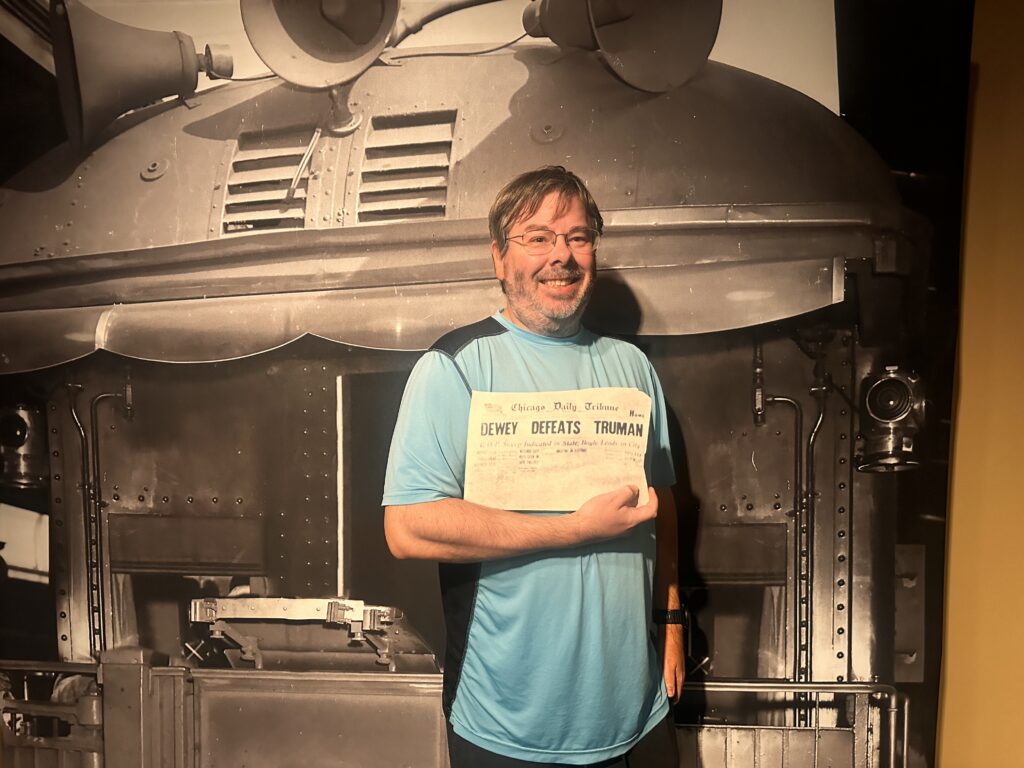
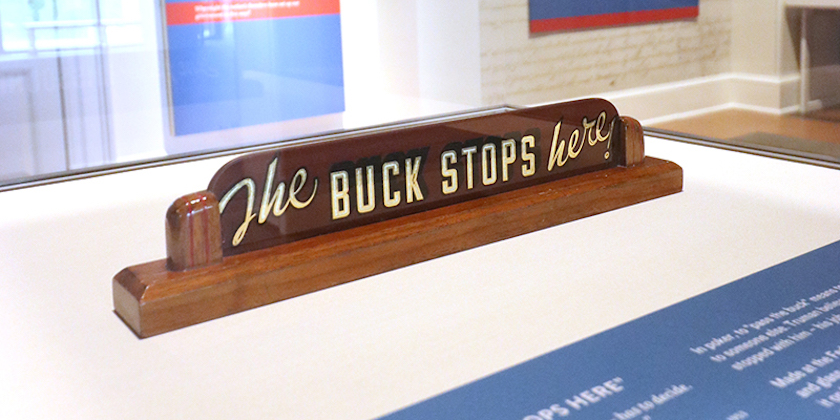
On the lower level of the building is a sometimes overlooked but fun exhibit covering his return to Independence for his retirement, including a scaled model of his home, just a mile away and now a National Historic Site. Most prominent are the full-sized models of the cars he drove throughout his life.

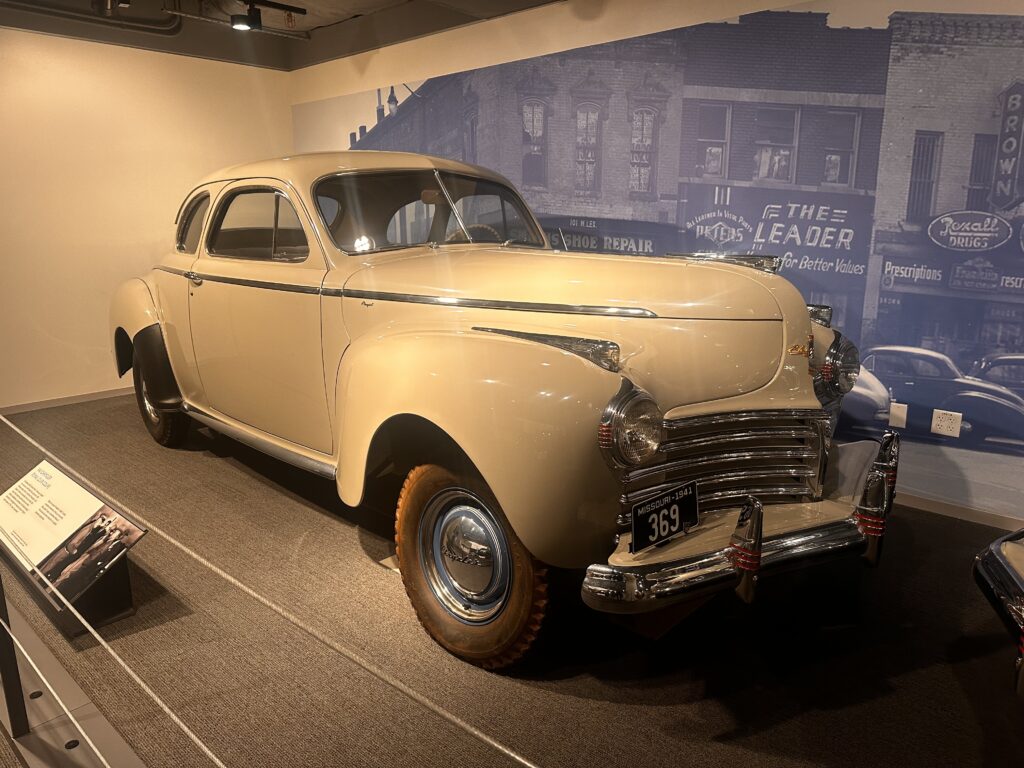
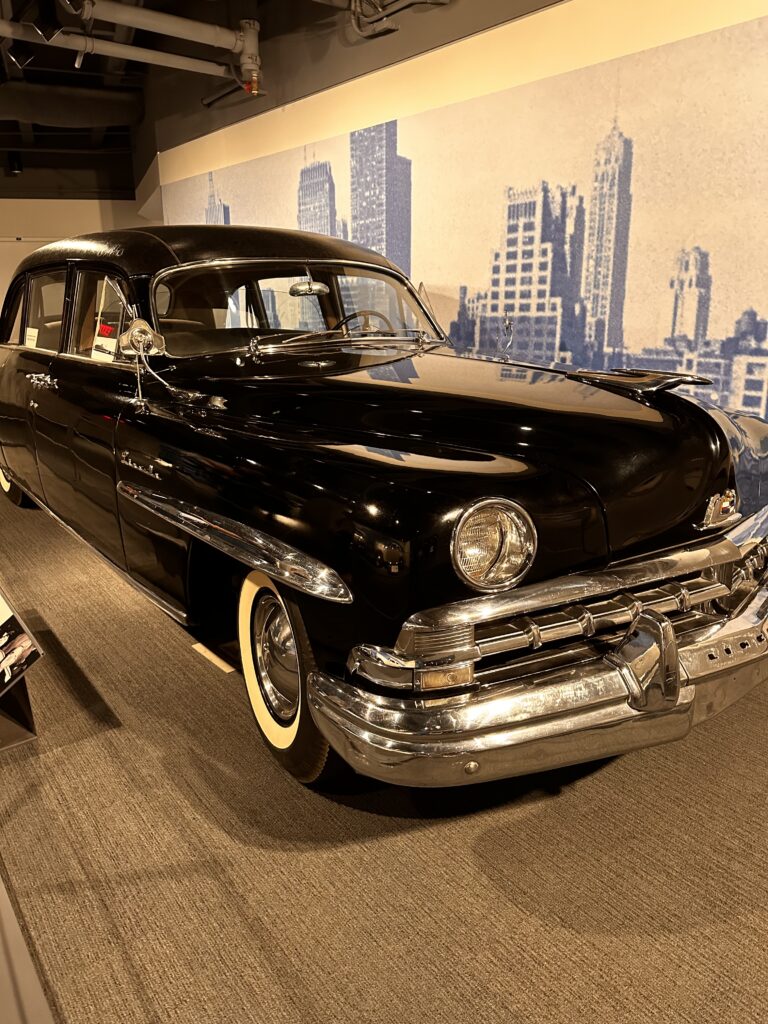
Outside, in the lovely flower-covered courtyard, lie the graves of Harry & Bess Truman, and the walkway to the research library which includes a full-sized Oval Office replica.
Nelson-Atkins Museum of Art
To find hotels in the lovely Country Club Plaza, near the Nelson-Atkins, click here.
Located just a few blocks from Country Club Plaza, the Nelson-Atkins Museum is recognized as one of the finest art museums in the United States. It houses an enormous and diverse collection of art from countries and cultures worldwide.
The museum is named after the two major benefactors, though, surprisingly, they didn’t even know each other. Kansas City Star publisher William Rockhill Nelson’s will in 1915 provided that, upon the death of his wife and daughter, his entire fortune was to be used to acquire art for public enjoyment.
In 1911, Mary McAfee Atkins, widow of a successful real estate investor James Burris Atkins, bequeathed a substantial sum to establish an art museum in Kansas City.
Originally, it was planned that there would be two separate and unrelated museums, but the trustees of the two estates eventually decided to combine the two bequests and form a single, major museum. The museum opened in 1933 as the Nelson Gallery, with a wing titled the Atkins Museum of Fine Arts. In 1983 the two were combined into the Nelson-Atkins Museum of Art.
The museum’s permanent collection contains more than 40,000 artifacts and includes galleries of ancient, African, Asian, European, American Indian, American, and modern art, in addition to architectural, oceanic, and photographic art – and this is just to name a few.
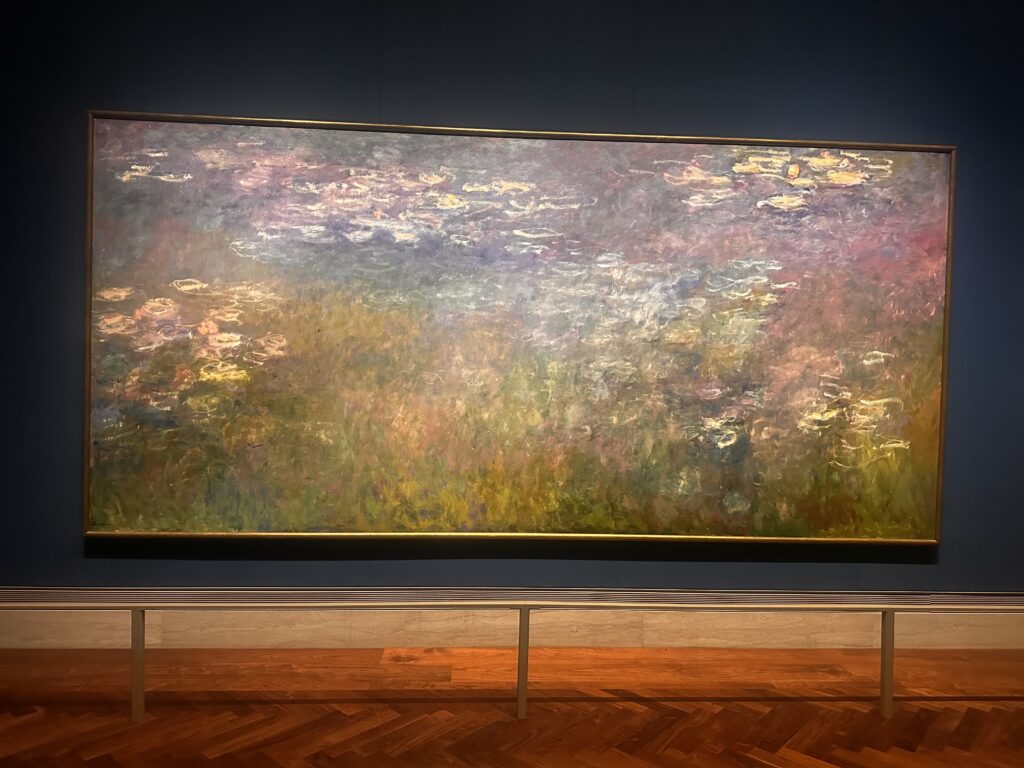
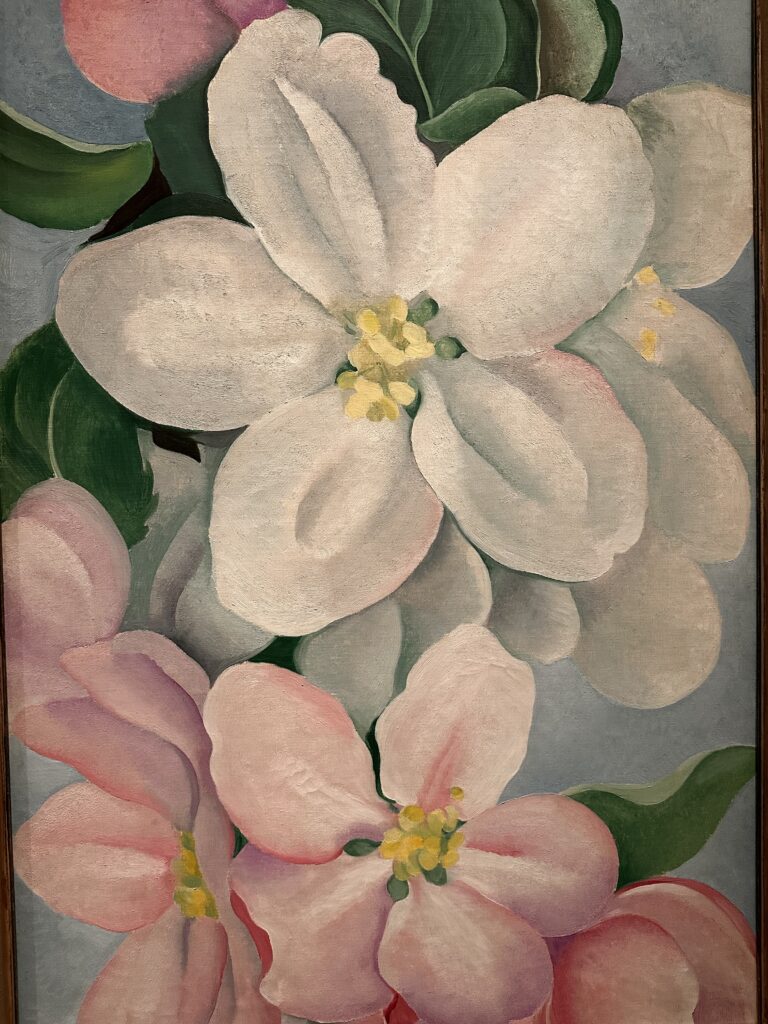

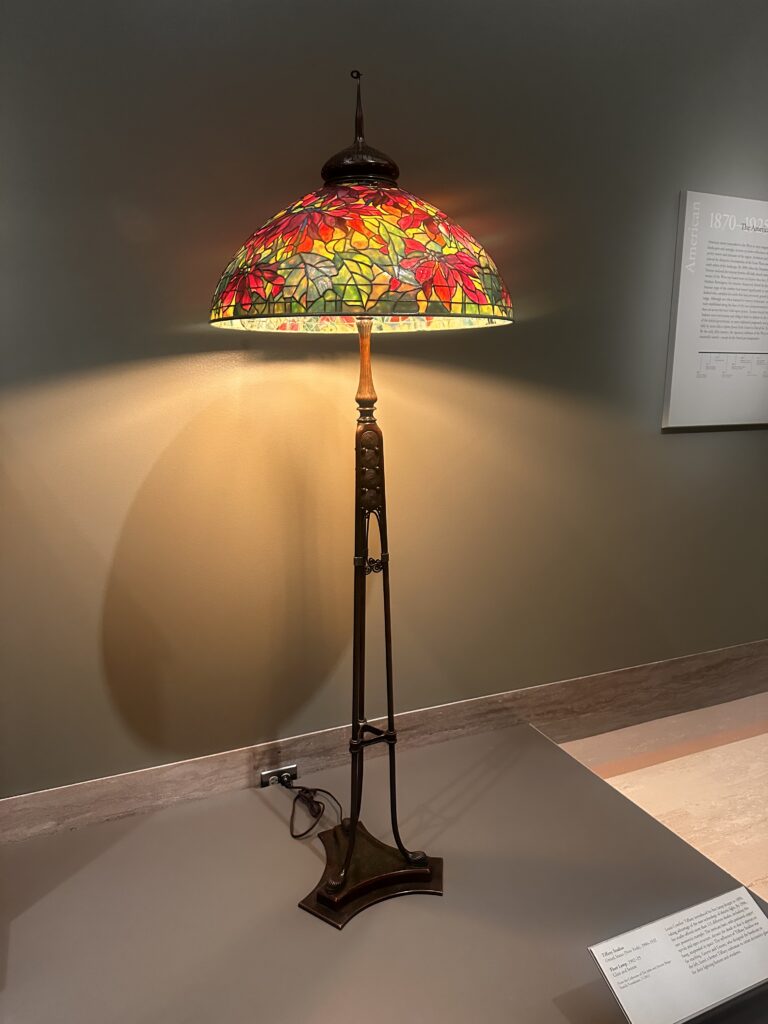

Not to pick favorites, but one extraordinary piece is Fall of the Rebel Angels, an 18th-century carving in ivory, merely 11″ tall. It was created by an unknown artist. (What a shame!) This intricate piece has layer after layer of tiny carved figures. At the top is the Holy Trinity, at the center is Saint Michael with a sword, and at the bottom, a hungry monster, representing Hell. The details in the carving are unbelievable.
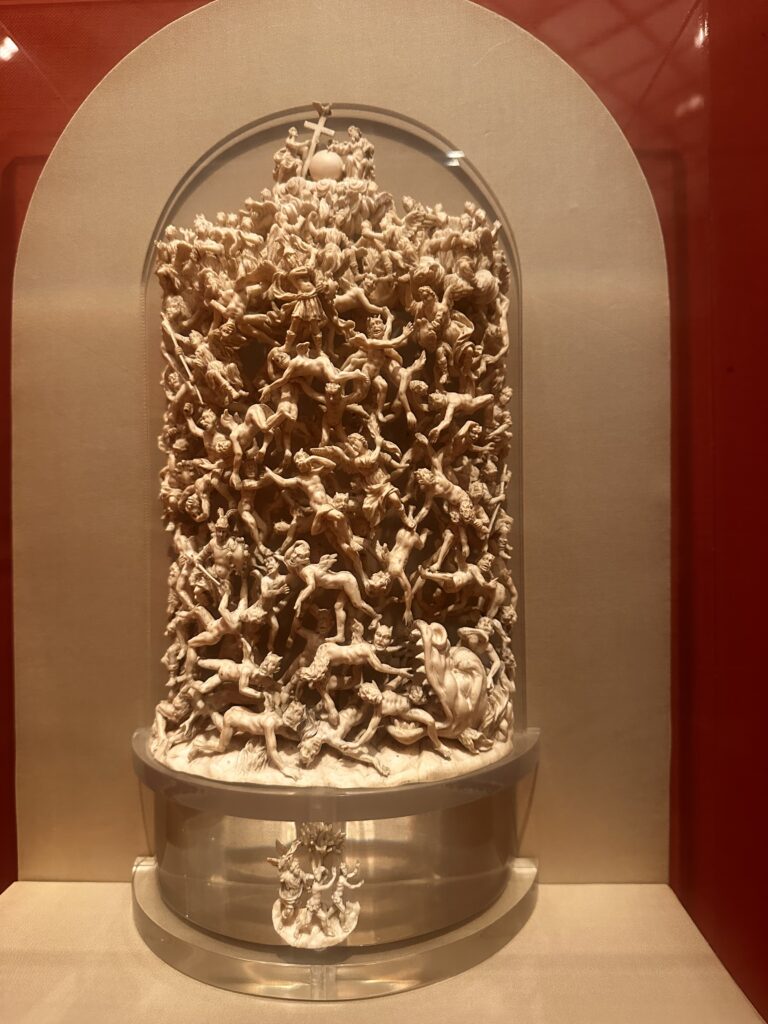

To top it all off, this museum has free admission for all!
Outside, the museum has a large sculpture garden including the iconic shuttlecock series, one of Rodin’s Thinkers, a 56-foot stainless-steel tree sculpture titled Ferment, the bronze Woman Seated, and 80+ additional pieces.
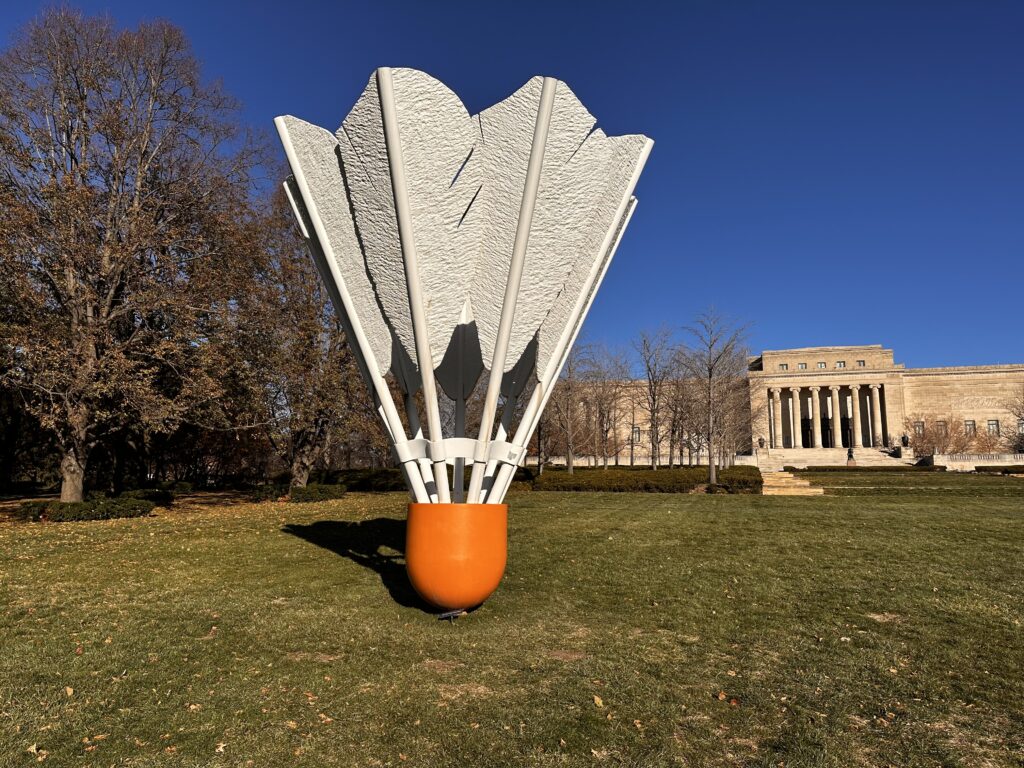
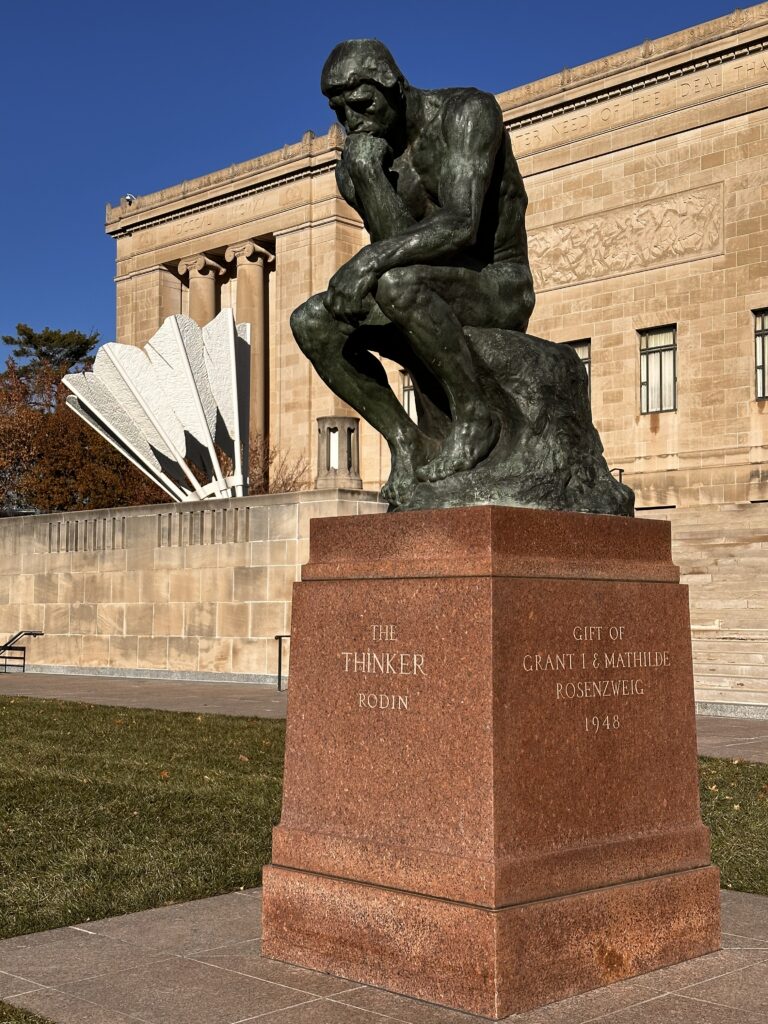
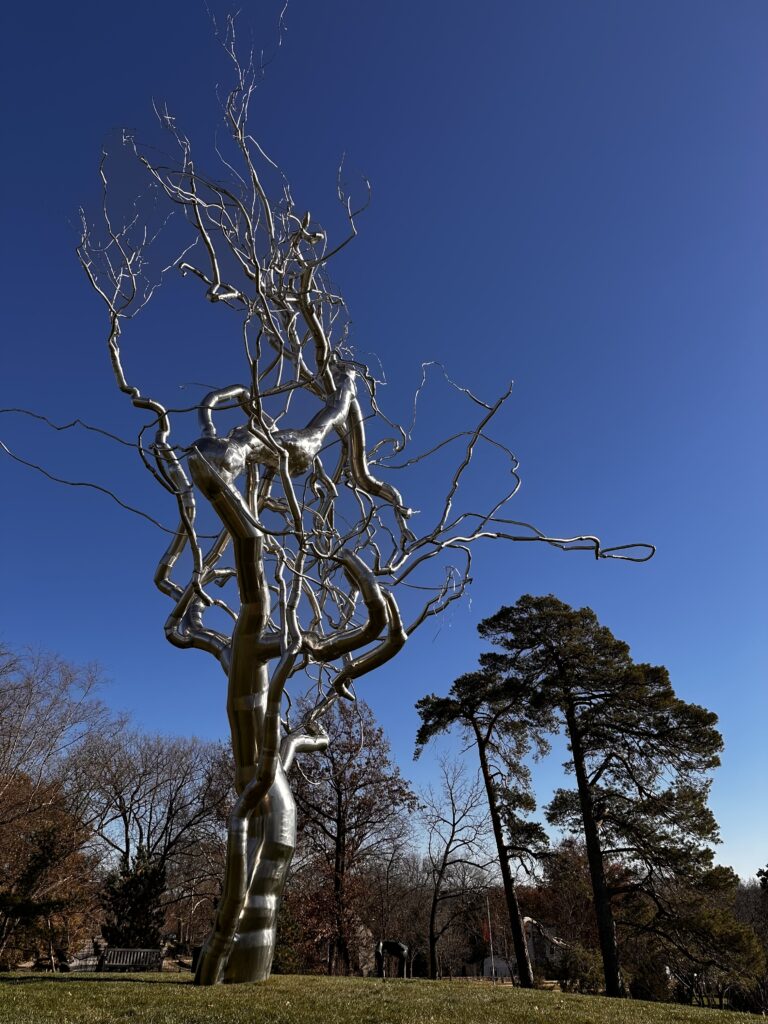
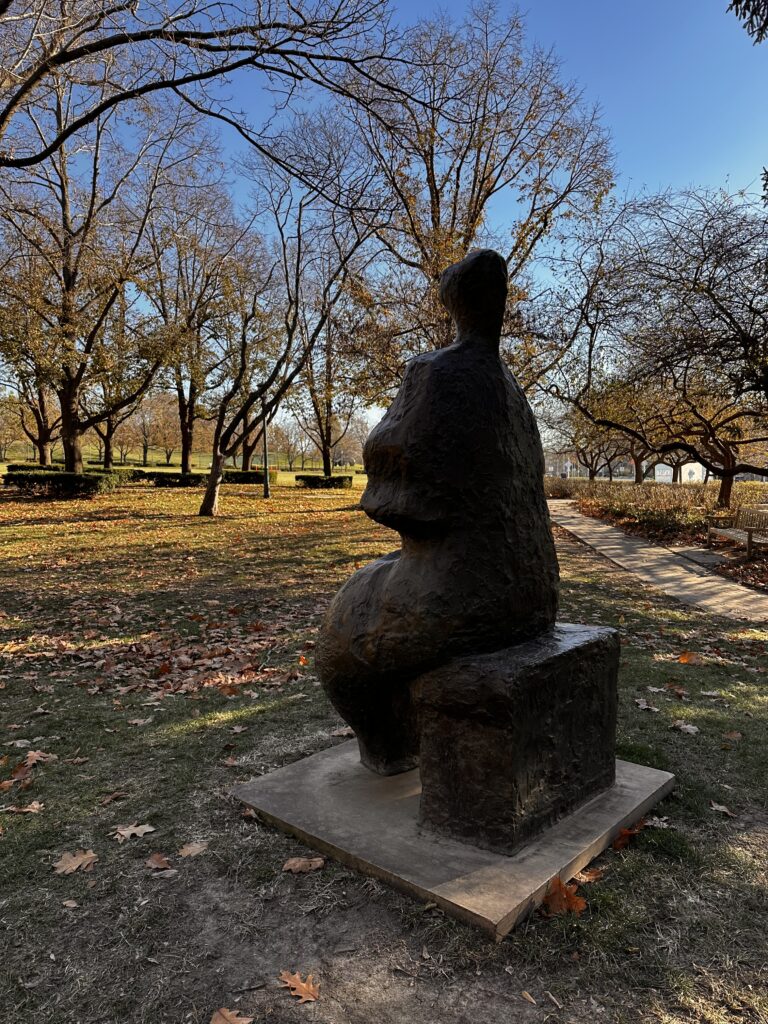
American Jazz Museum
The 18th & Vine Jazz District in Kansas City is recognized as one of the 5 points of origin of jazz music, along with Basin Street in New Orleans, Beale Street in Memphis, 52nd Street in NYC, and Central Avenue in Los Angeles. It is also a historic hub of African American businesses, and famed jazz artist Charlie Parker grew up just a few blocks away. The compelling neighborhood is listed on the National Registry of Historic Places.
In the 1920’s and 1930’s, live jazz was available in the 18th & Vine district in as many as 100 different venues. In addition to Parker, many other music legends clamored to perform there, including Louis Armstrong, Bennie Moten, Ella Fitzgerald, Duke Ellington, Mary Lou Williams, Tommy Dorsey, Hot Lips Page, and countless others.
The American Jazz Museum is a tribute to the music genre of jazz, the musicians who created it, and its impact on Kansas City and the rest of the world. A mere $10 gains you full access to this perfectly sized museum. It takes roughly 90 minutes – 2 hours to fully explore, longer if you are an avid fan. The staff is incredibly friendly and eager to make sure you see everything, and to help you put it all in historical context.

Upon entering the exhibit area, the first things you see are more than a dozen colorful neon signs, collected from former jazz clubs around the area.
The main area is a huge room with interactive exhibits showcasing some of the great musicians that have played in the city. It includes fun exhibits with which you can experiment with melody and harmony, and try your hand at mixing music. Behind the museum is a large bronze bust of Charlie Parker.
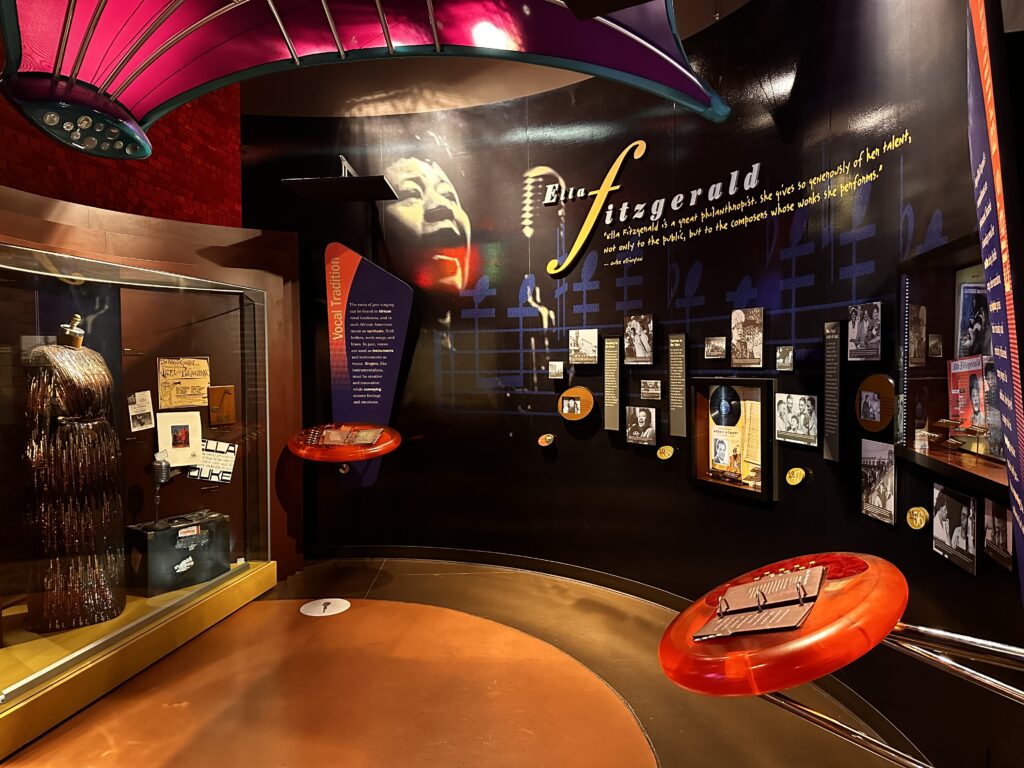
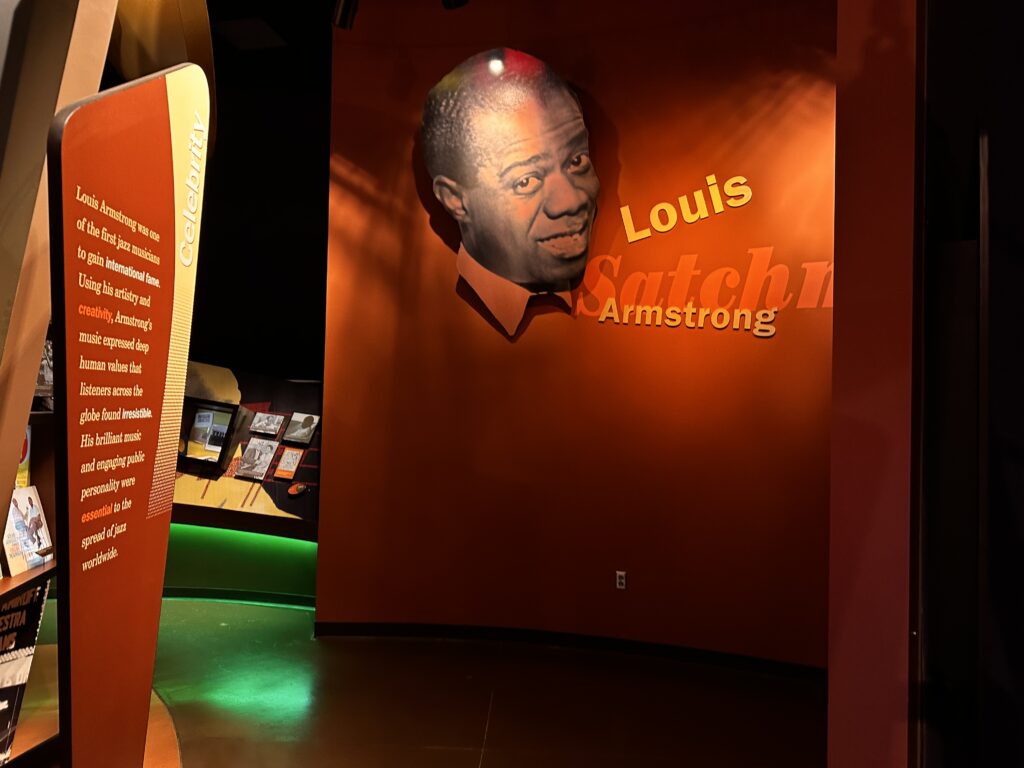
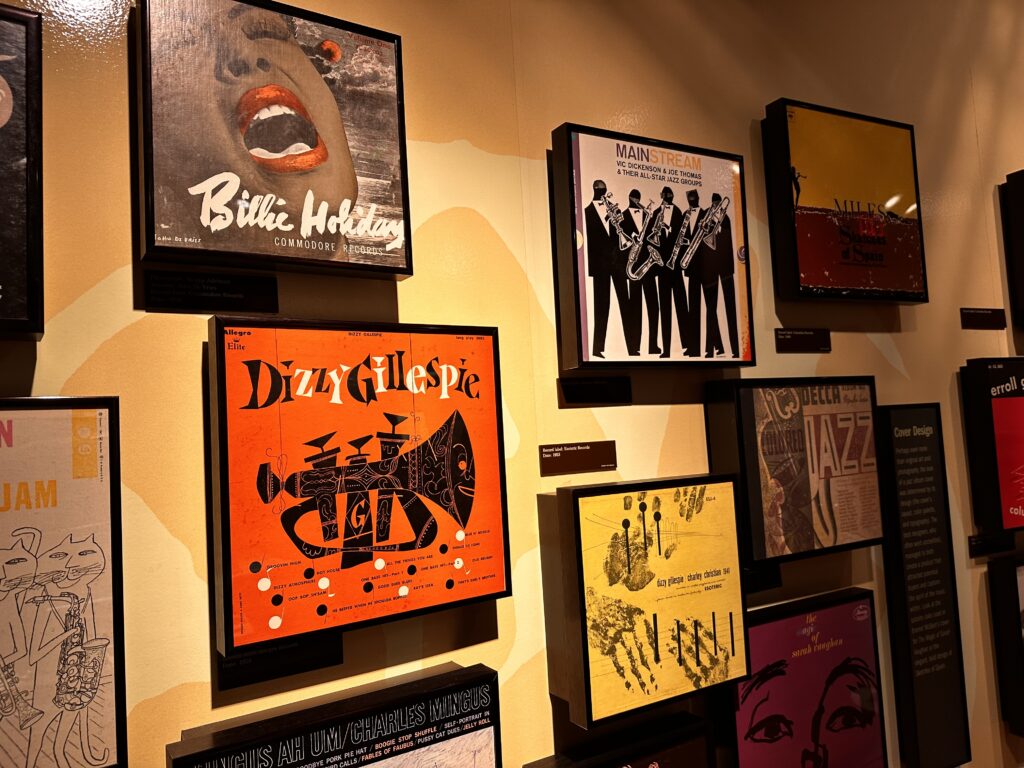
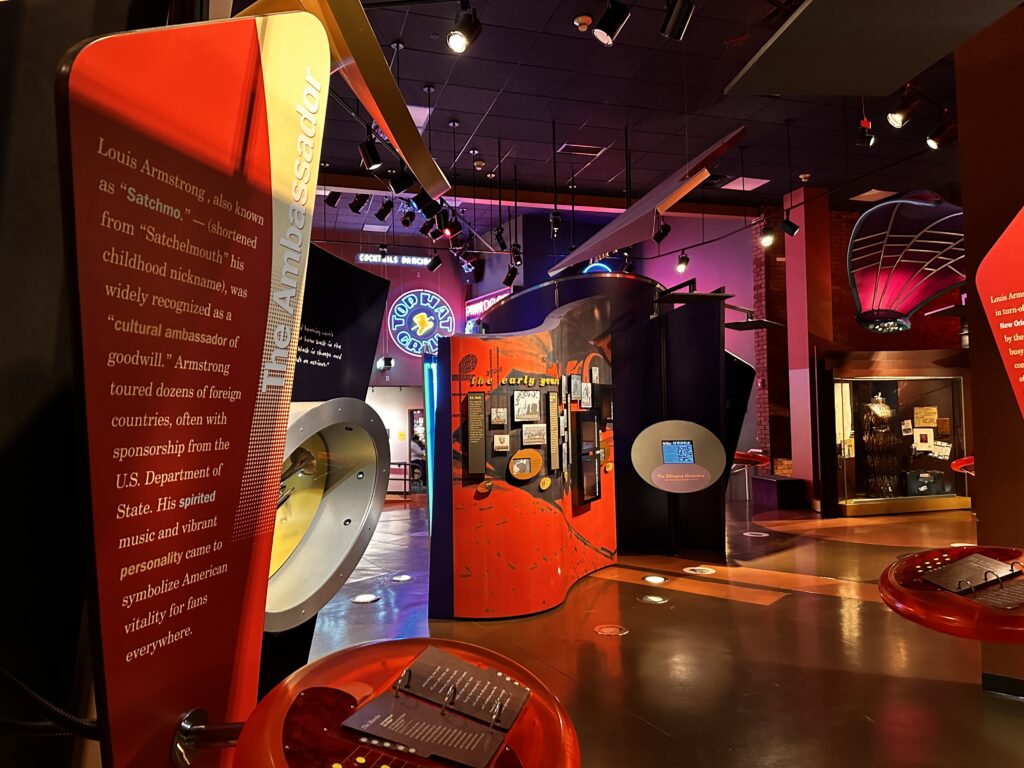


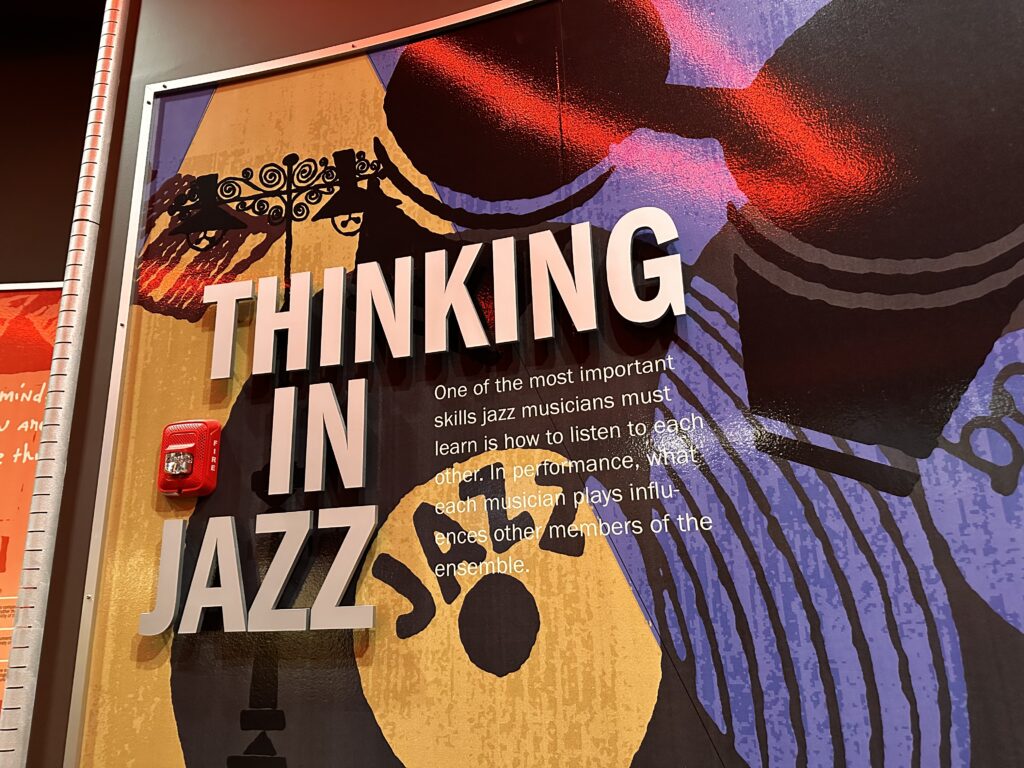
There is certainly no lack of live music at the Jazz Museum. The attached, atmospheric, Blue Room is an intimate jazz club with frequent local and national concerts, many of them free. They also host Jazz at Noon concerts two Tuesdays per month. In the summer, there are free outdoor concerts in their Jay McShann Pavilion, complete with food trucks and an outdoor bar.
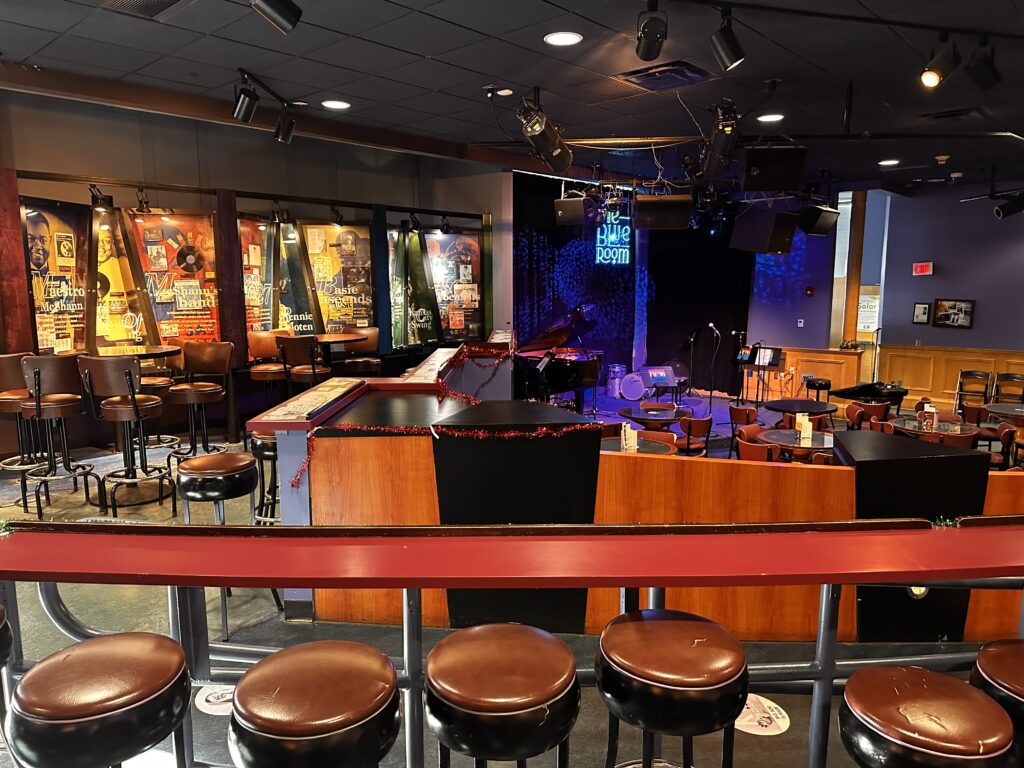

Arabia Steamboat Museum
Check out these hotels in downtown Kansas City, near the Arabia Steamboat Museum.
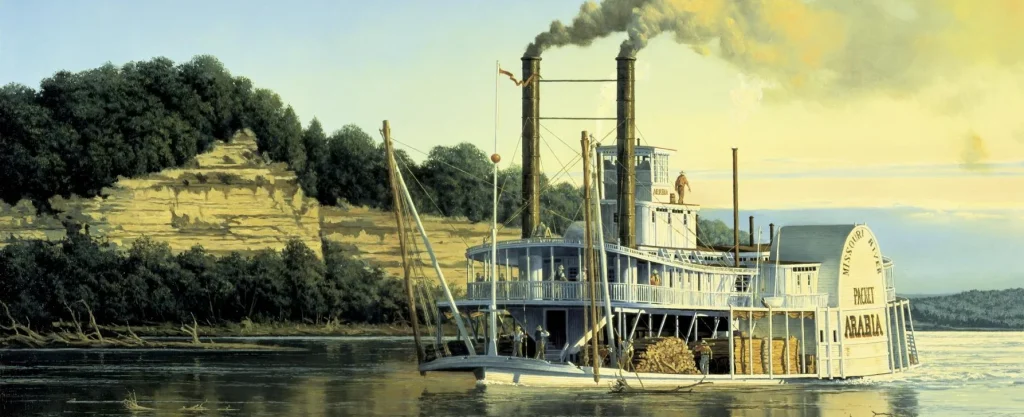
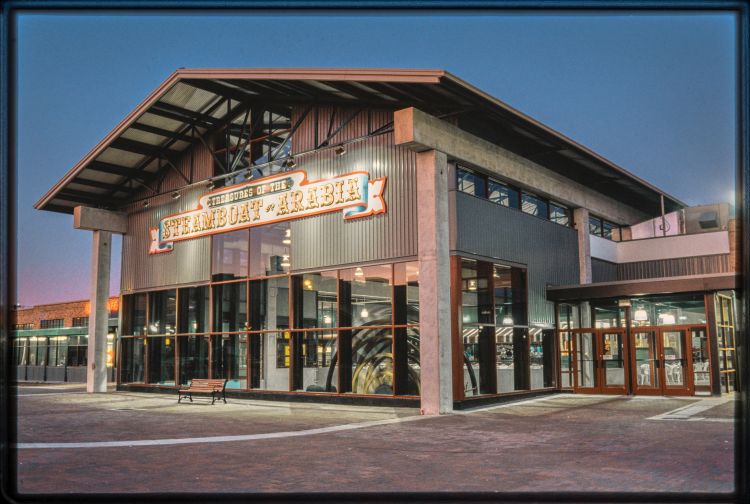
In September of 1856, the Steamboat Arabia hit a hidden underwater tree in the Missouri River near Kansas City, and sank in a matter of minutes. It was carrying 150 passengers and crew and over 200 tons of cargo, including supplies for general stores along the river.
Many of the passengers were families, traveling with all of their possessions, seeking to settle in Kansas and Nebraska. Thankfully, all of the passengers survived. However, a mule, tied to the steamboat’s deck, perished, and all of the cargo was lost. The Arabia was just one of more than 400 steamboats that sank along the perilous Missouri River route during that time.
Shortly after the Arabia sank, the river changed course, and the remains of the steamboat slowly sunk far under the ground. 130 years later, a group of five local men learned of the story and, after nearly five months of excavation, found the buried steamboat, and its astonishingly well-preserved cargo, 45 feet below a cornfield in Kansas. It is said to be the largest collection of pre-Civil War objects in the world.
The exhibit starts with a series of short videos, describing the steamboat, and the journey of the five men who discovered it more than a century later. The fascinating artifacts give a snapshot of life in the mid-1800s and include dishes, pickled vegetables (supposedly still edible), weapons, tools, clothes, perfume bottles, alcohol, spices, jewelry, and even the enormous boilers from the boat. The collection continues to increase, as preservationists process the remaining excavated items.
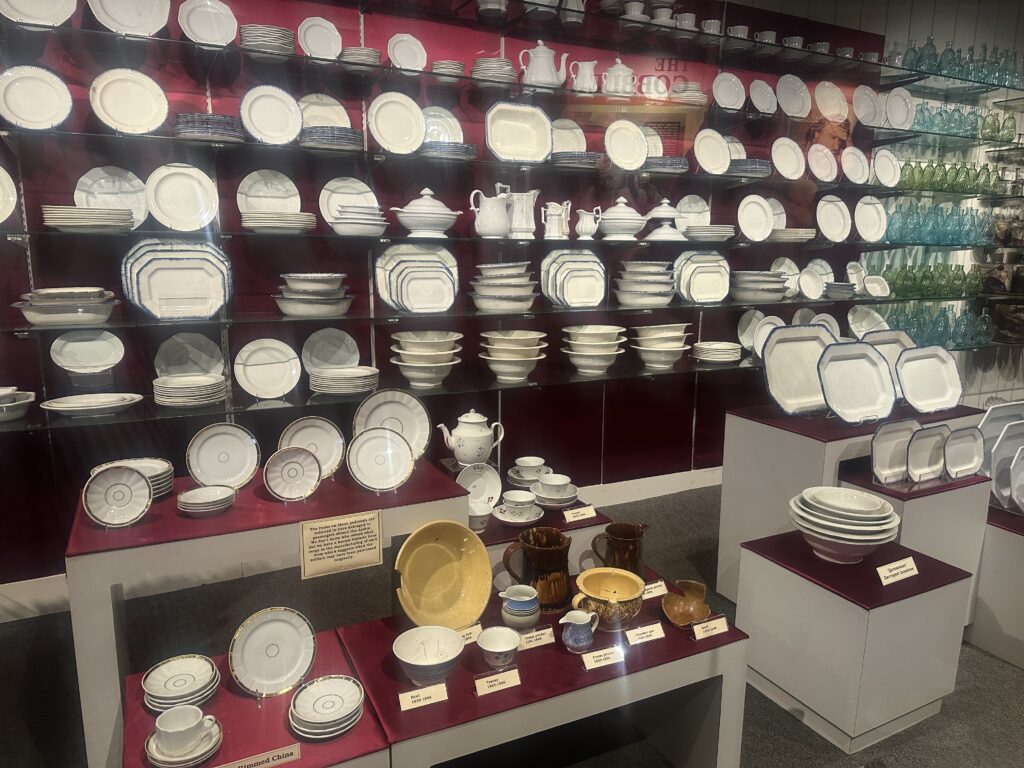
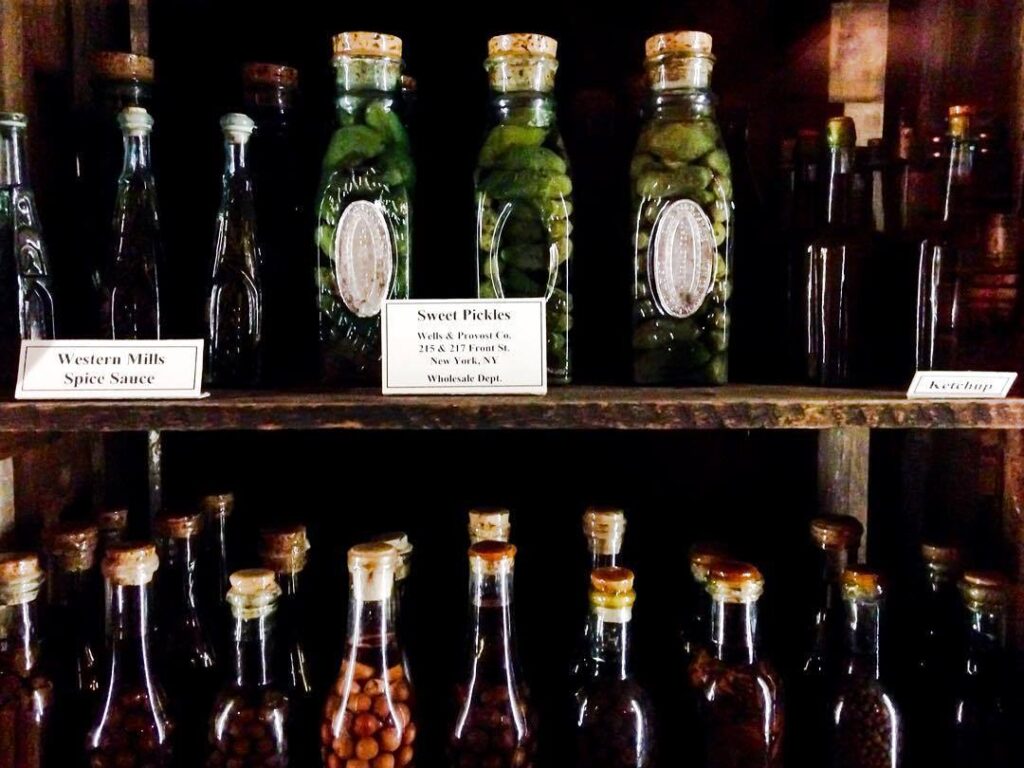
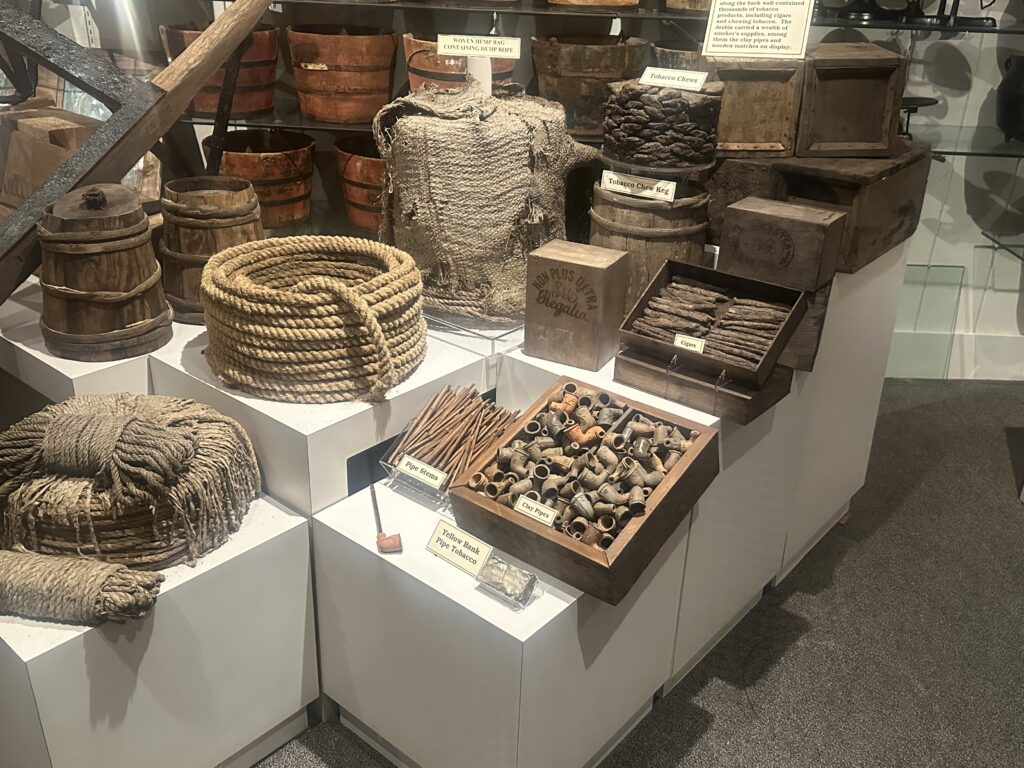
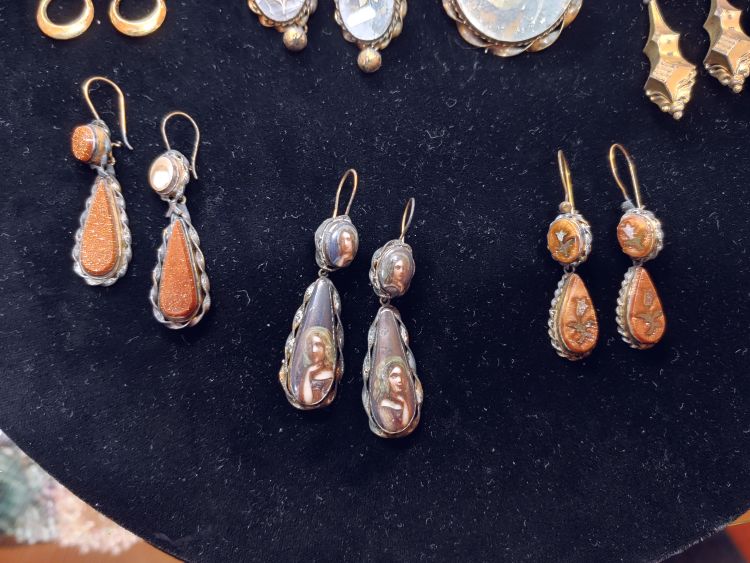
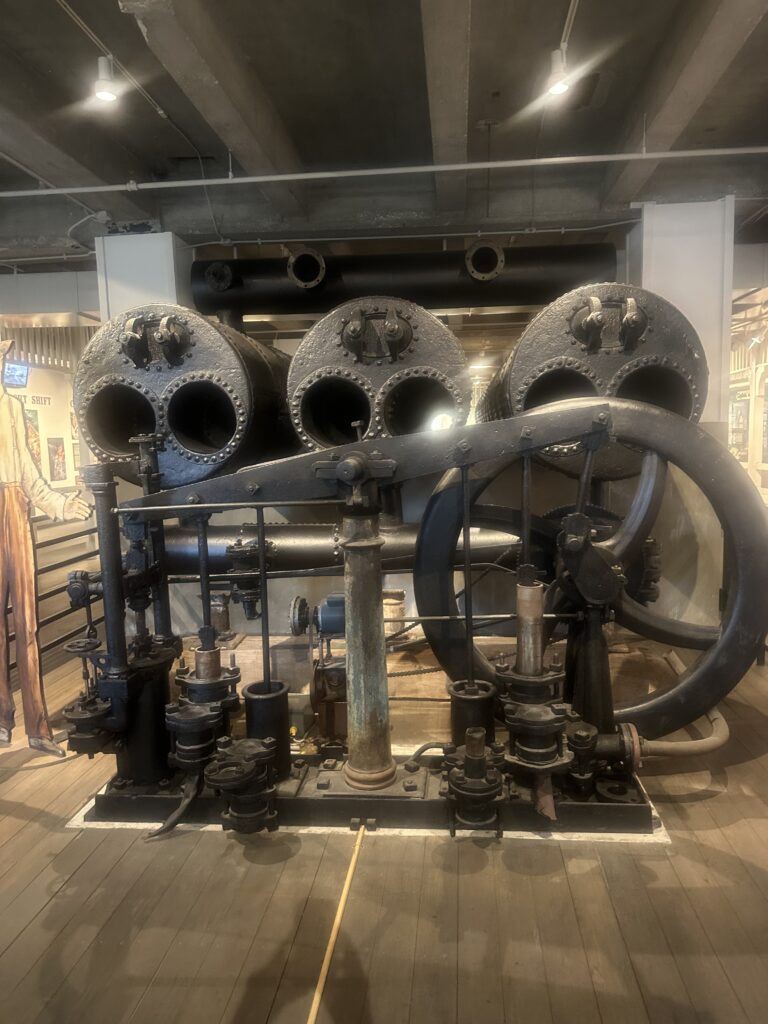
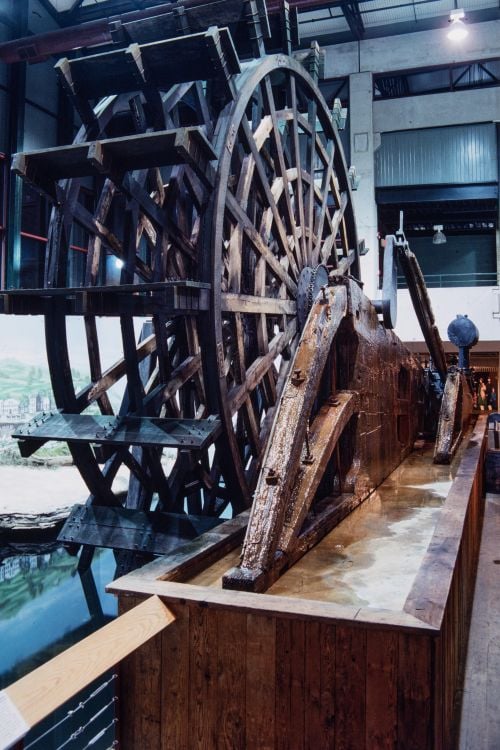
Bonus information: The Arabia Steamboat Museum is located within the historic City Market in Kansas City and it is a wonderful place to visit before or after the museum. Featuring fresh produce, local and ethnic restaurants and markets, an eclectic collection of shops, and year-round events, it is a delightful place to shop and especially to eat!
Even More Culture!
Above are just five of the dozens of museums in Kansas City (albeit five of the absolute best). Other renowned options include:
Kemper Museum of Contemporary Art
Negro Leagues Baseball Museum (located in the same building as the Jazz Museum)
Money Museum (at the Federal Reserve Bank of Kansas City)
National Frontier Trails Museum
National Museum of Toys and Miniatures
Science City at Union Station (great to visit with children)
Discover more from Werthwhile Wandering
Subscribe to get the latest posts sent to your email.

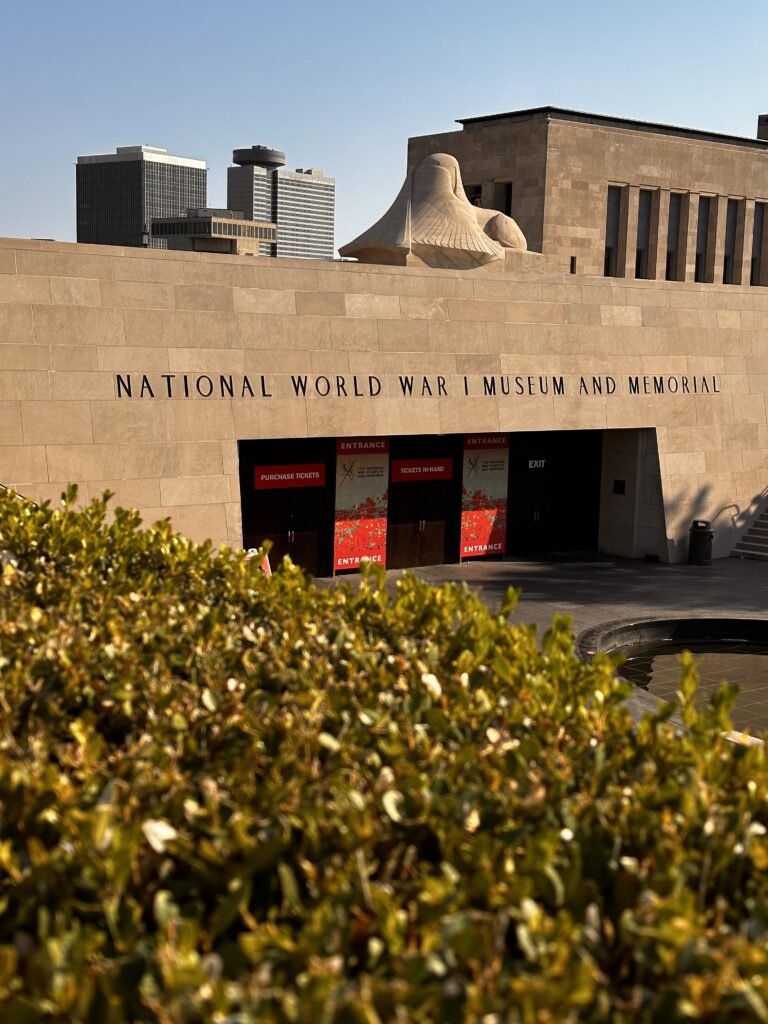
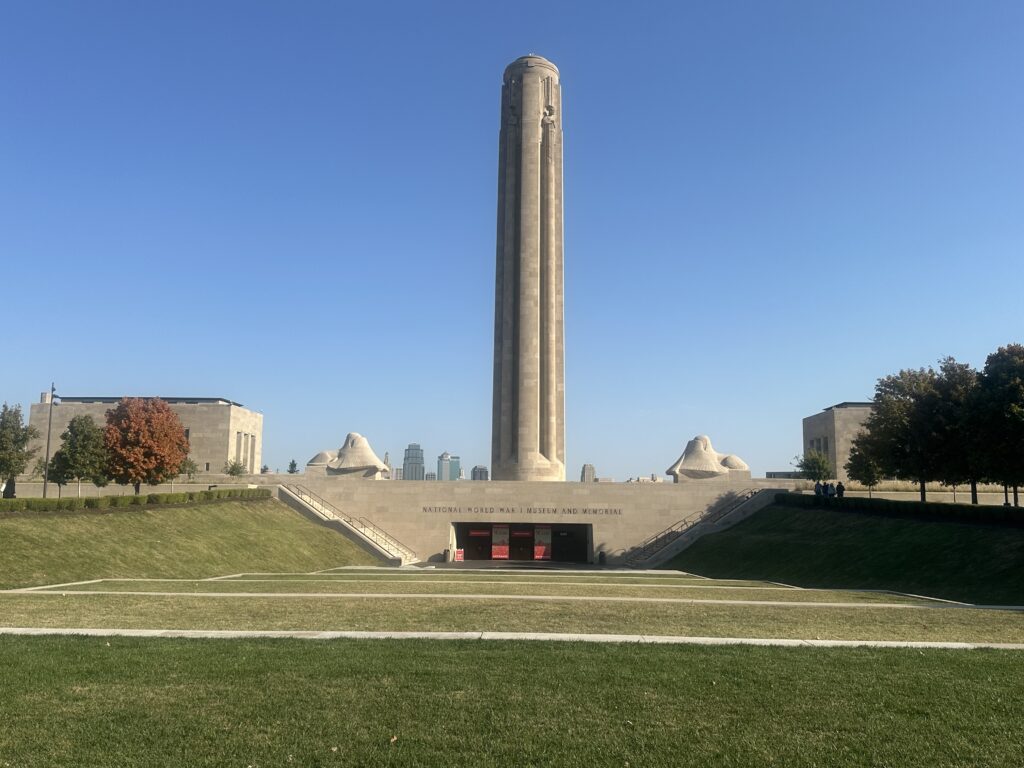
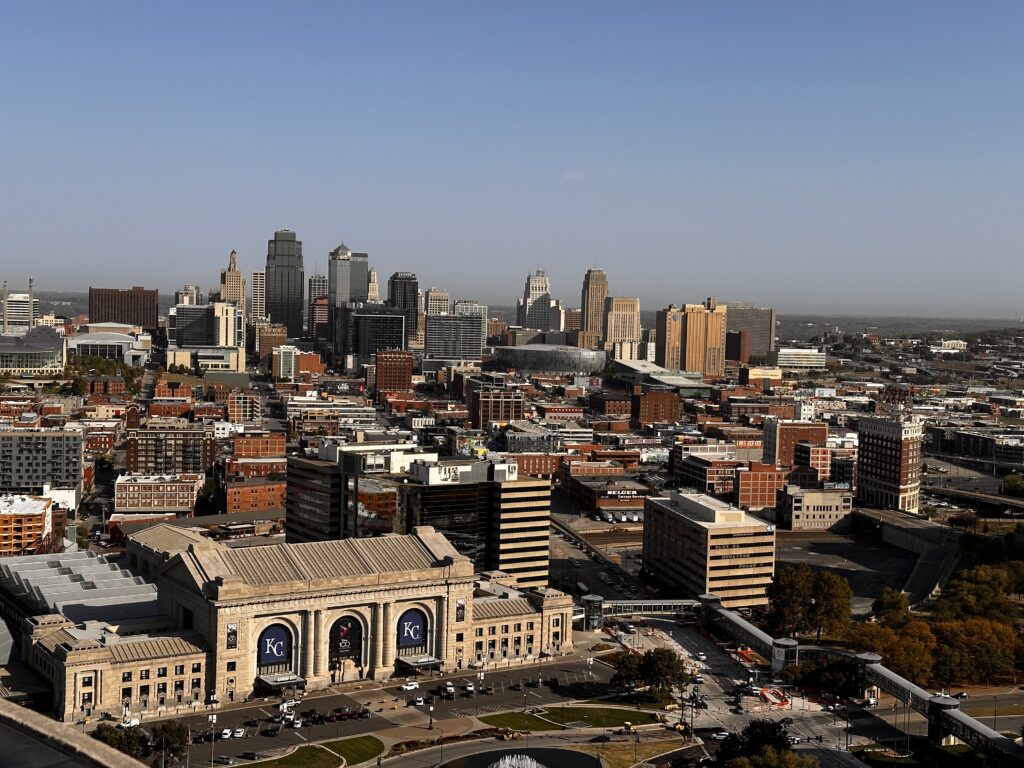
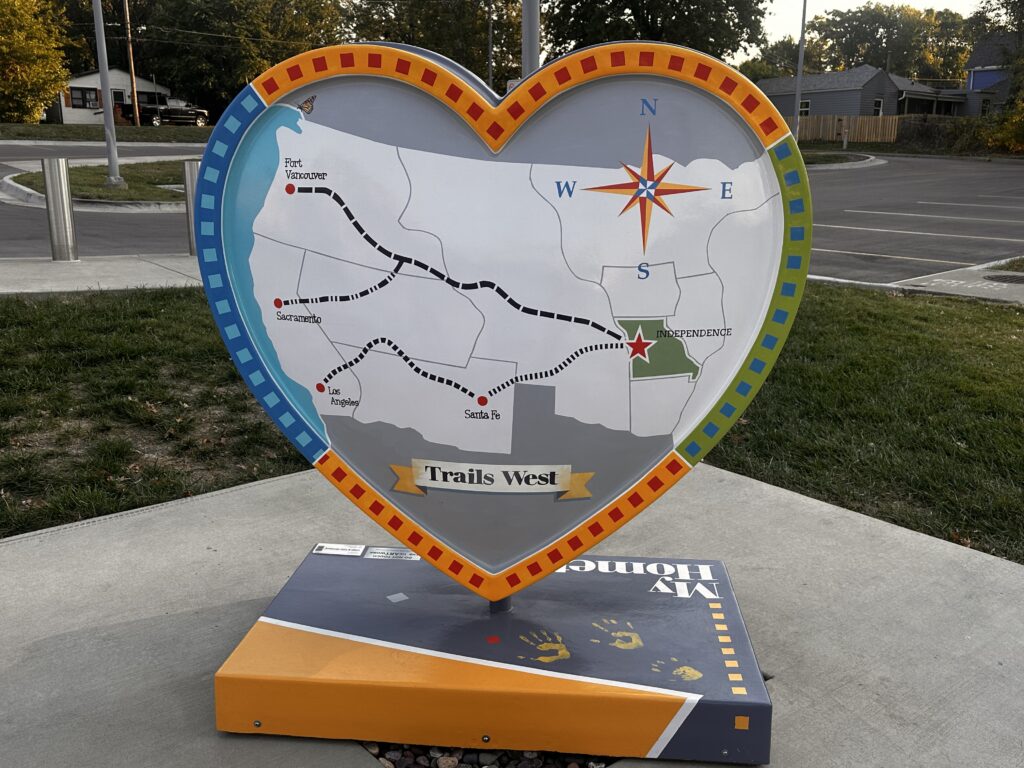

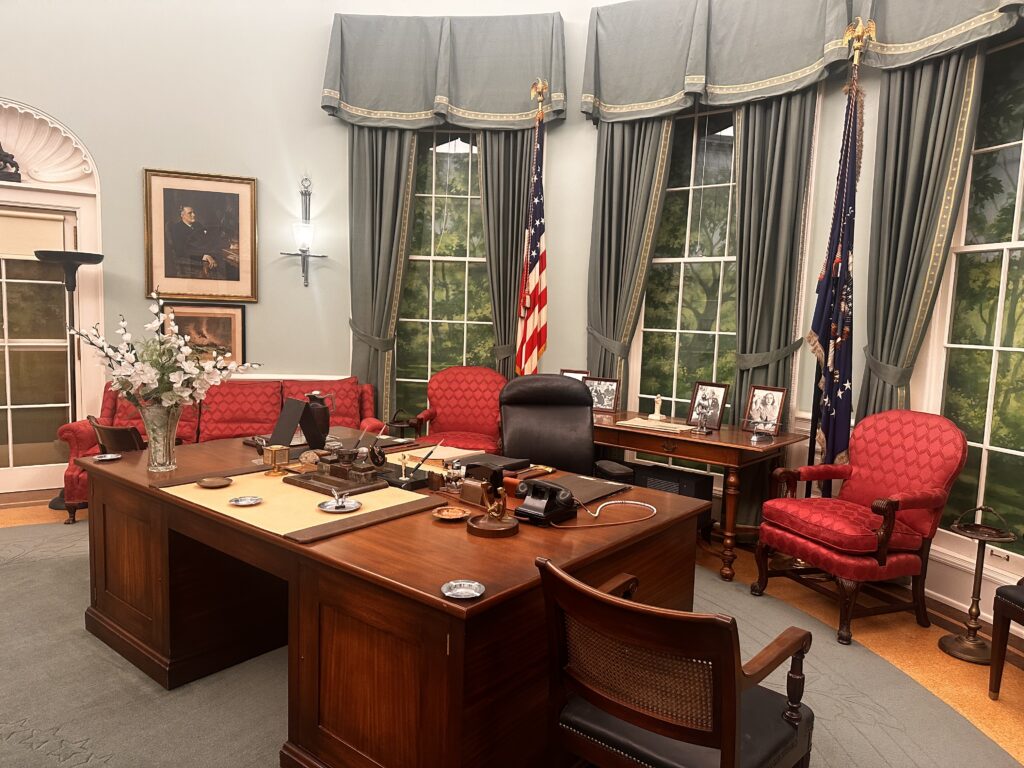
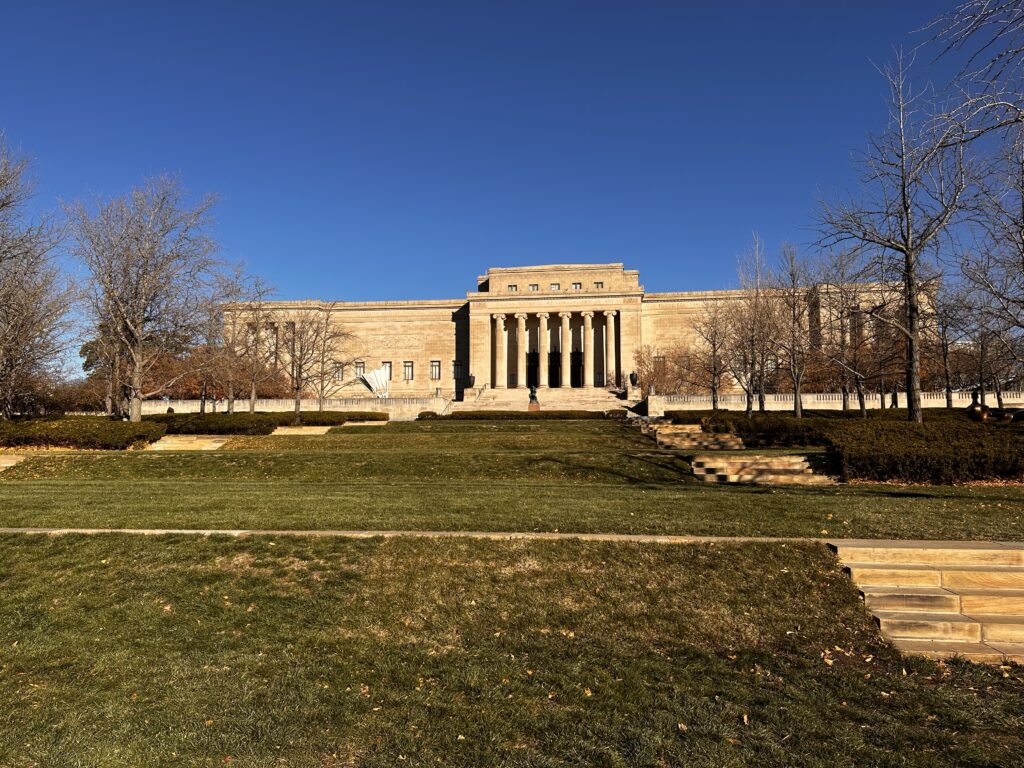
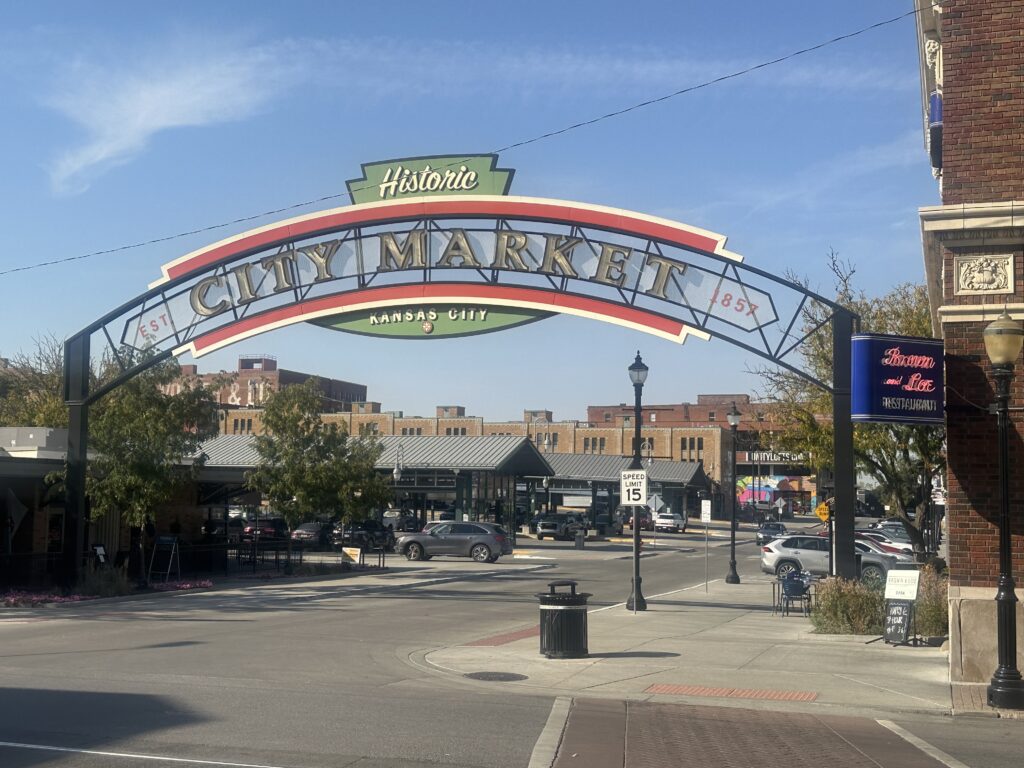




Great website, very informative. I’ve been to several of the mentioned museums, but now need to revisit Kansas City to see those I wasn’t aware of. Thank you.
These write-ups make me excited to get back to Kansas City and revisit these museums! I lived in KC for 12 years, but these features make me realize there’s plenty more to see. Thank you for showcasing these excellent regional and national gems.
Thank you. We have been to KC twice this year and have been thrilled with all of the attractions. It is an under-rated city!
Very informative and love the pictures.
Thank you so much! The pictures are my joy!
Very cool! I’ve been to the monument, and it is enormous!
Thanks Bryce!